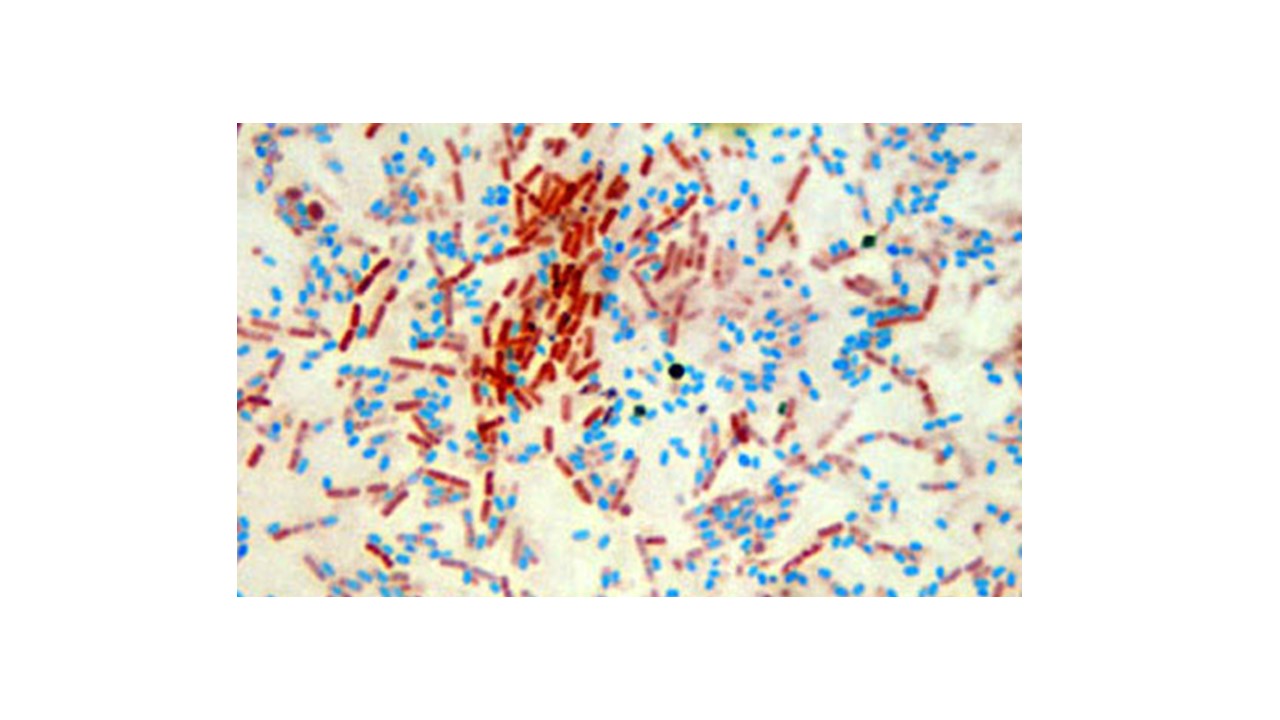Microbiology lab midterm lab exercises
1/206
There's no tags or description
Looks like no tags are added yet.
Name | Mastery | Learn | Test | Matching | Spaced |
|---|
No study sessions yet.
207 Terms
Lab exercise 1
Which container would you place your used gloves in?
Biohazardous waste
Which container would you put a used coverslip in?
Broken Glass container
Which container would you place a razor in?
Sharps container
Which piece of glassware is the most precise way to measure large amounts of liquid?
graduated cylinder
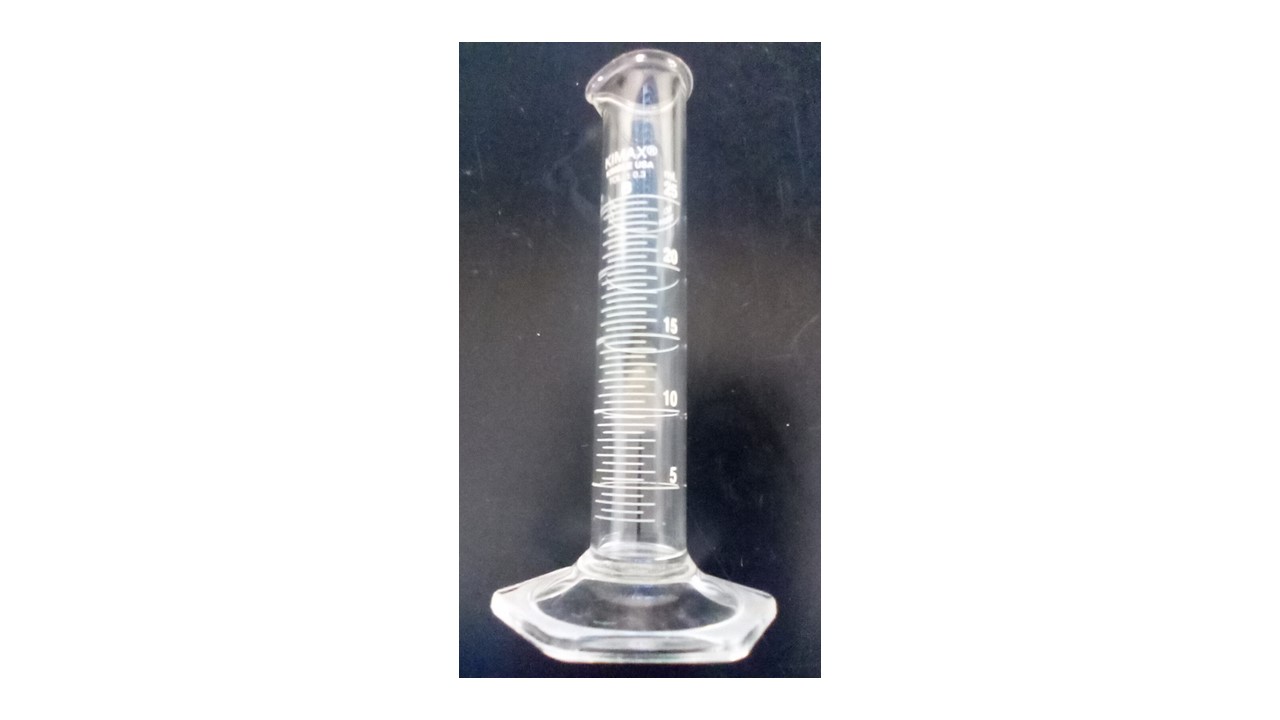
Which piece of glassware has a progressively smaller circumference from the bottom to the top?
Erlenmeyer flask
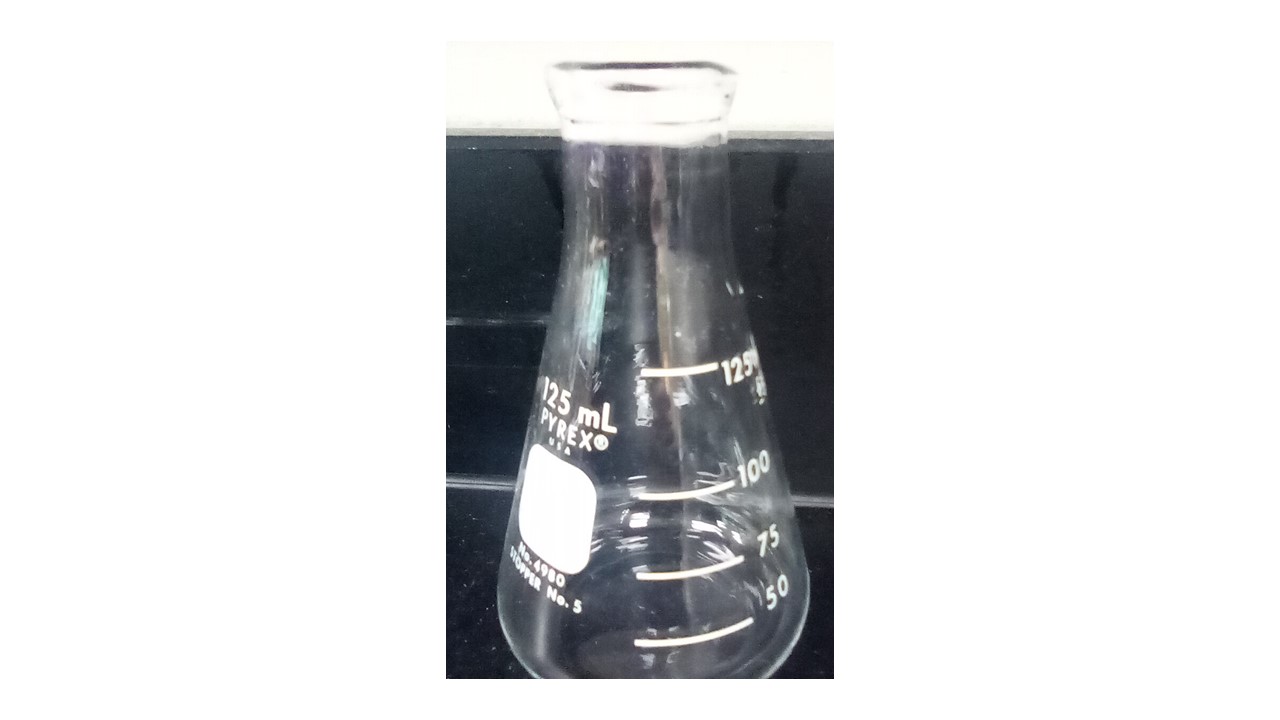
Which piece of glassware has an equal circumference until the top where the opening has a much smaller circumferance?
media bottle
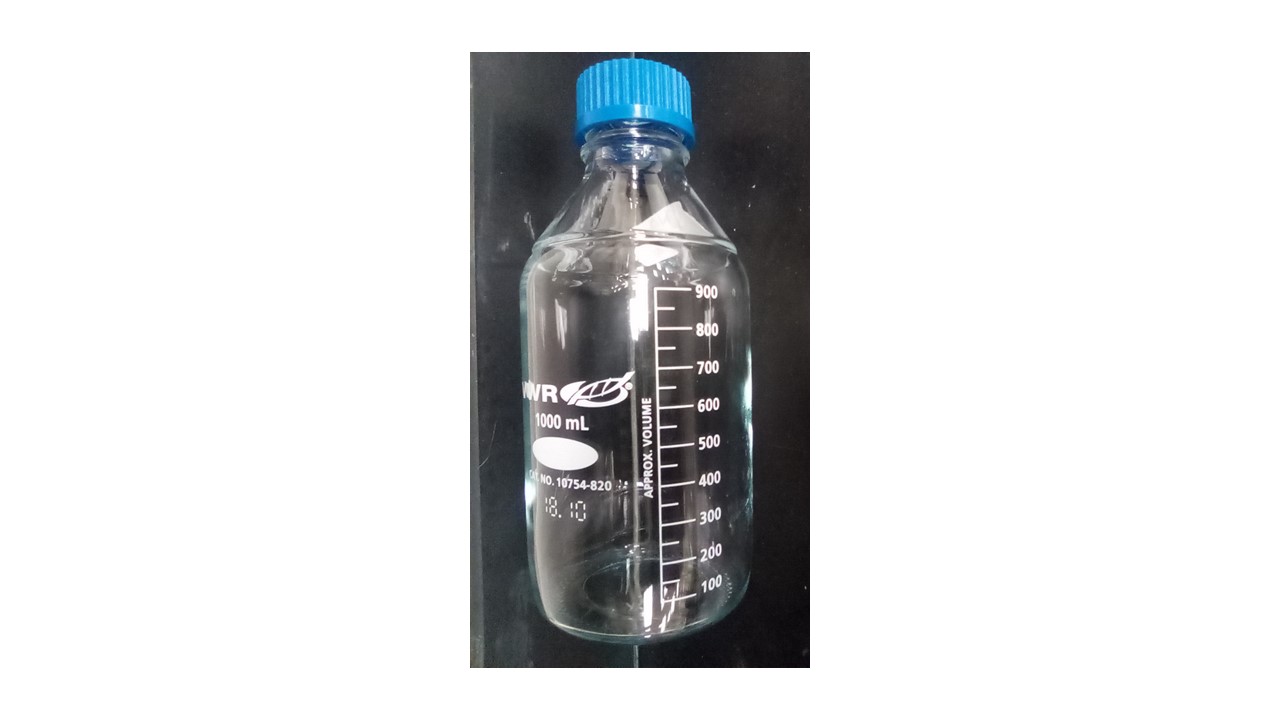
Which piece of glassware has an equal circumference from the top to the bottom and cannot be used for precise measurements?
beaker
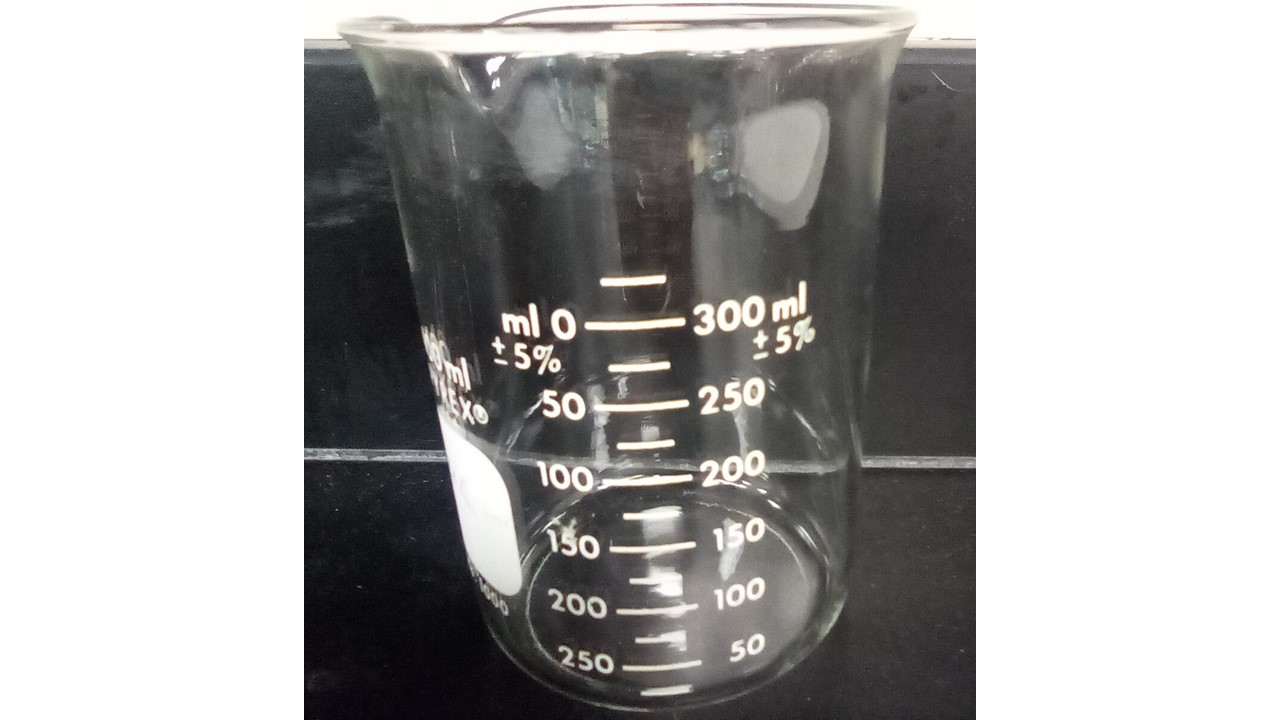
Which machine is used to grow and maintain microorganisms at optimal physical conditions?
incubator
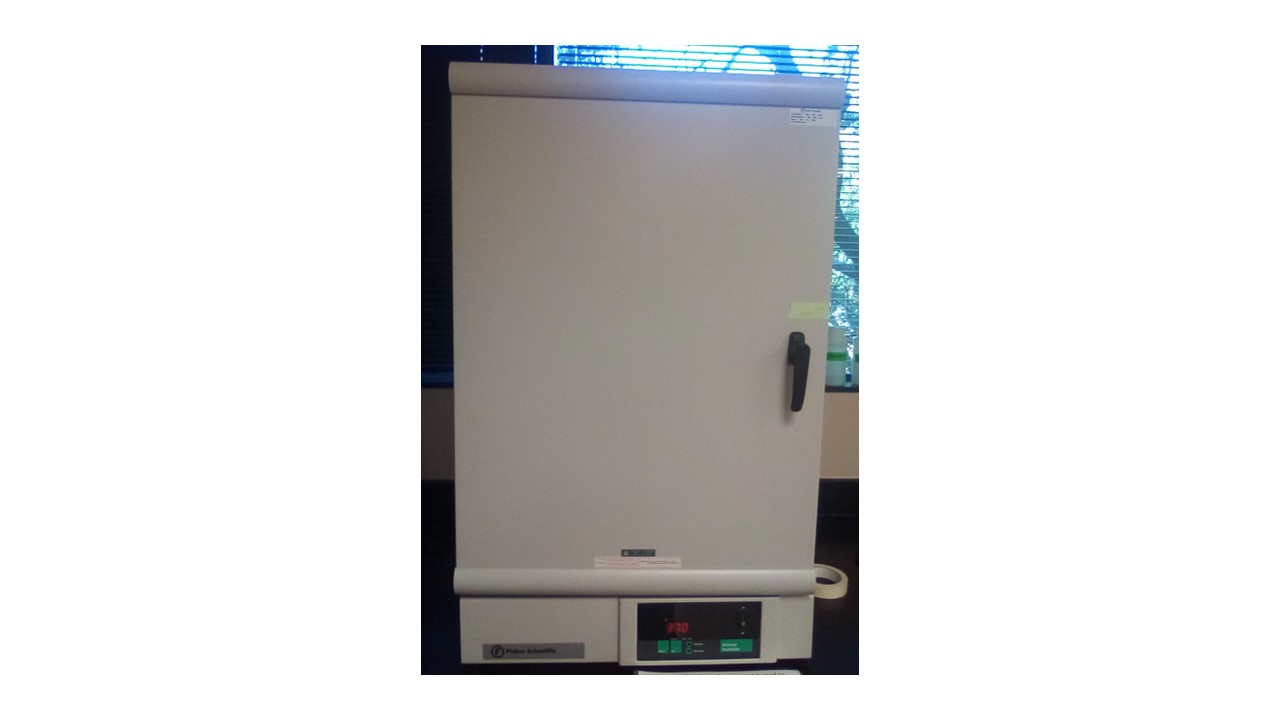
Which piece of glassware is used to move liquid culture around an agar plate evenly?
spreader
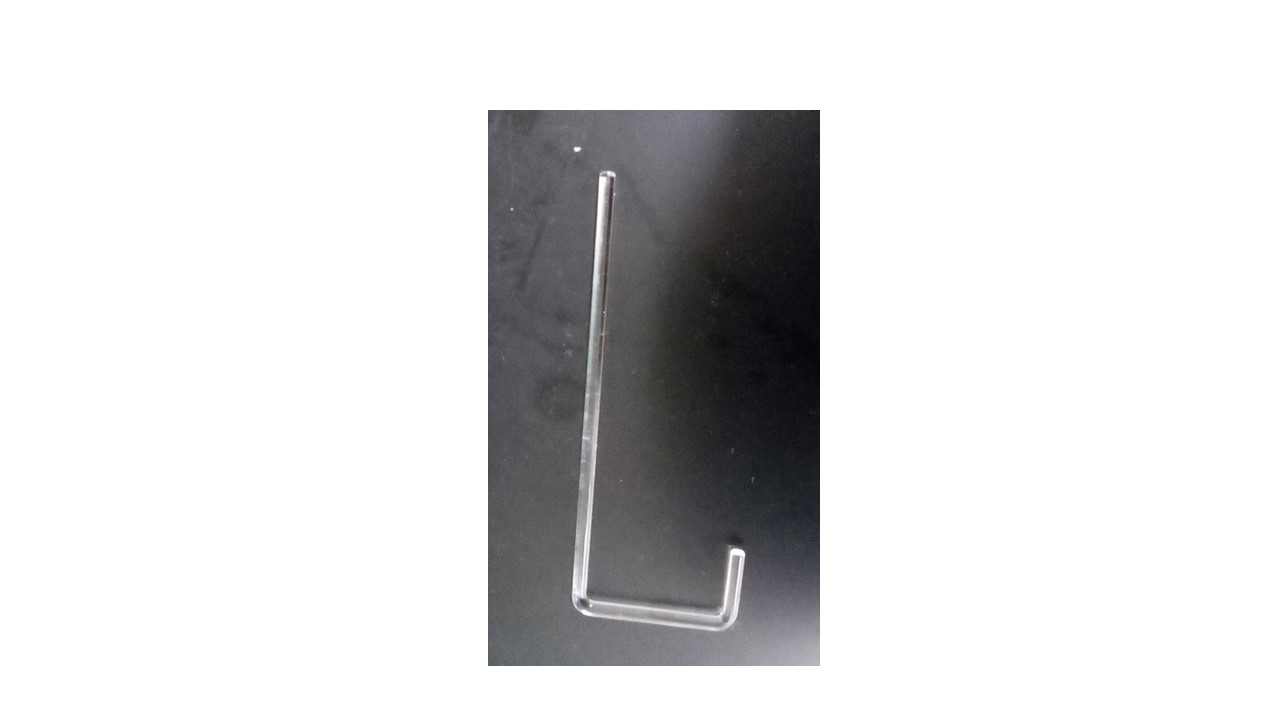
Which piece of equipment is used to sterilize tools and glassware on the benchtop?
microincinerator
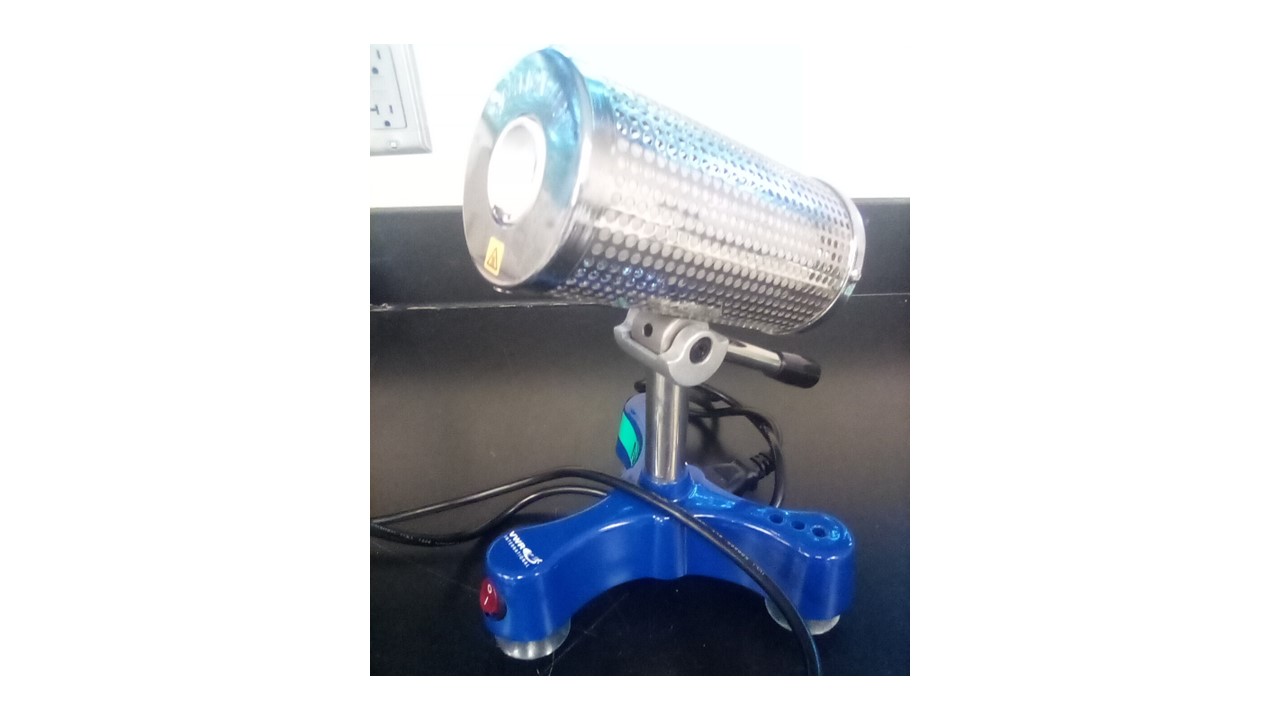
Which piece of equipment is used for visualizing microbes?
microscope
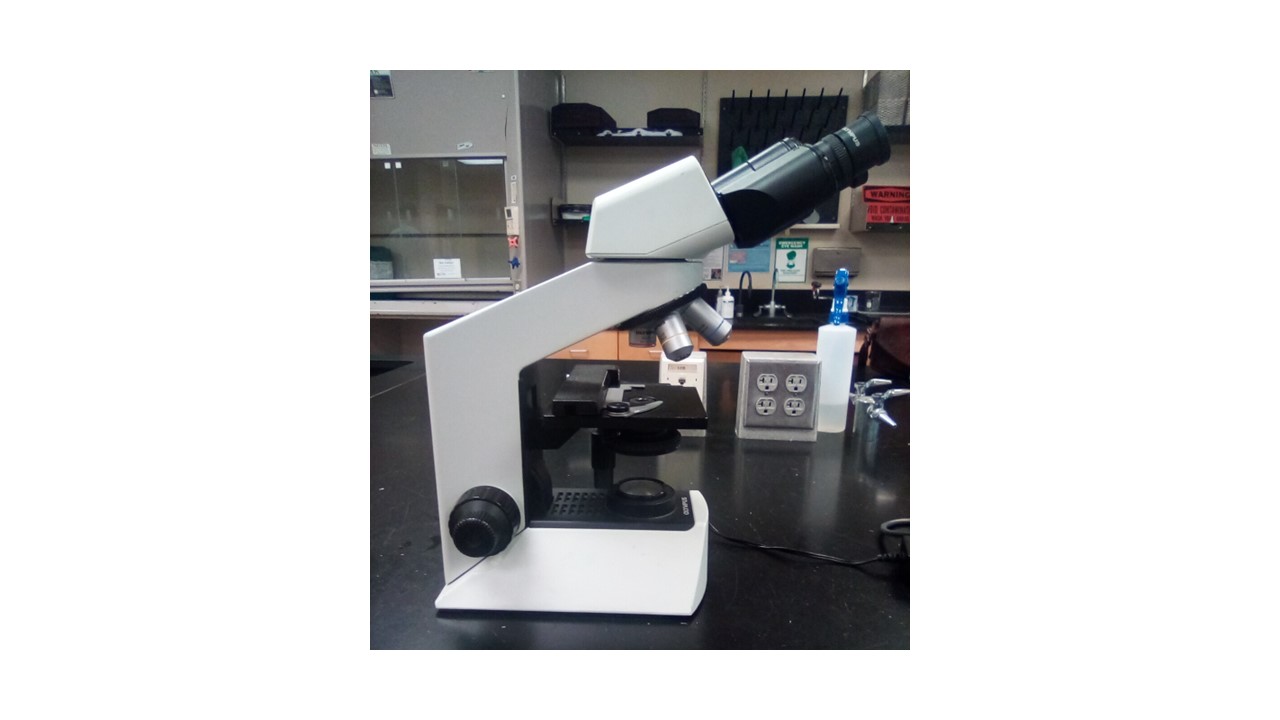
Which tool is used to move microorganisms between cultures and can be repeatly sterilized?
inoculating loop
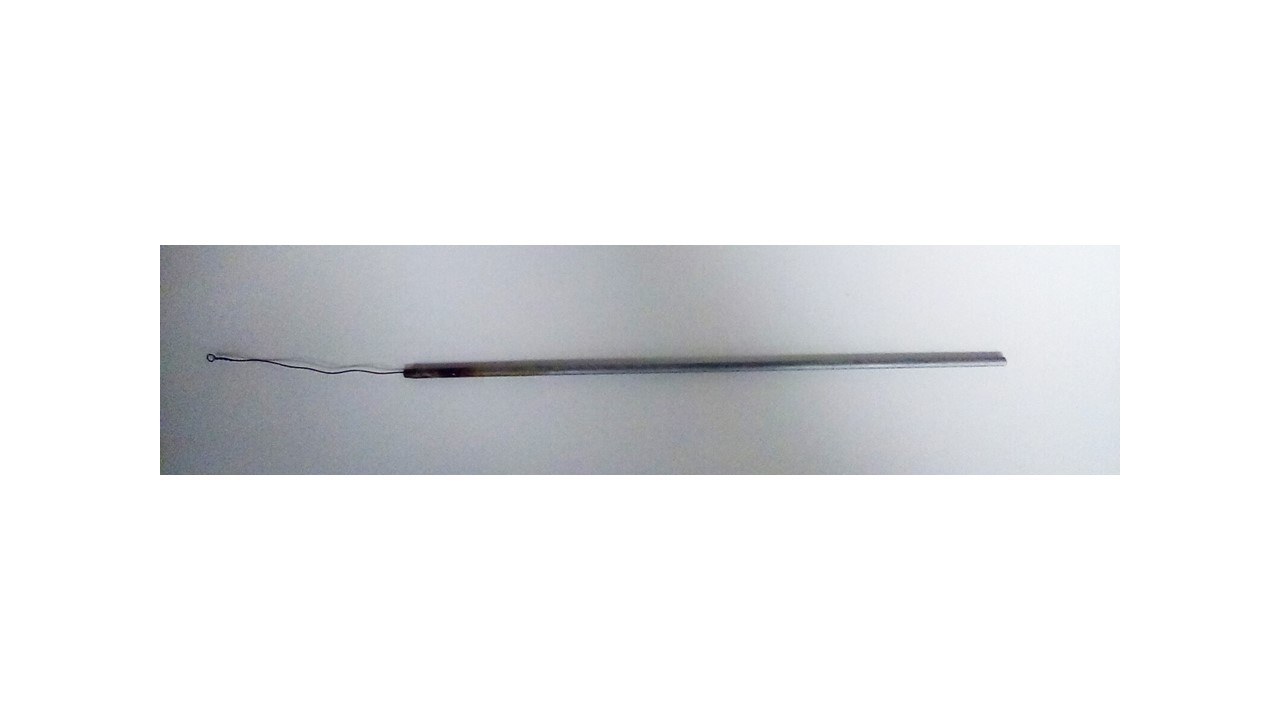
Which machine rotates a mixture to separate out the different parts?
centrifuge
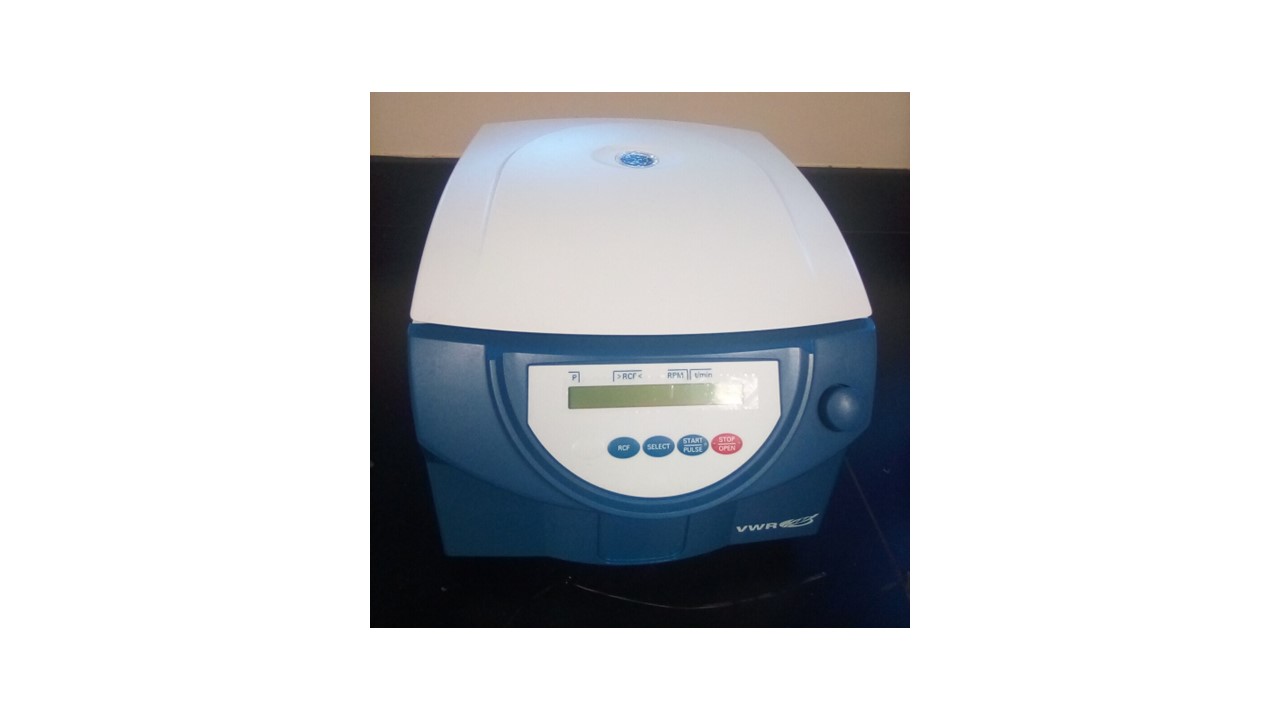
Which machine is used to heat a mixture and stir a mixture using electromagnetic forces?
hot plate/ magnetic stirrer
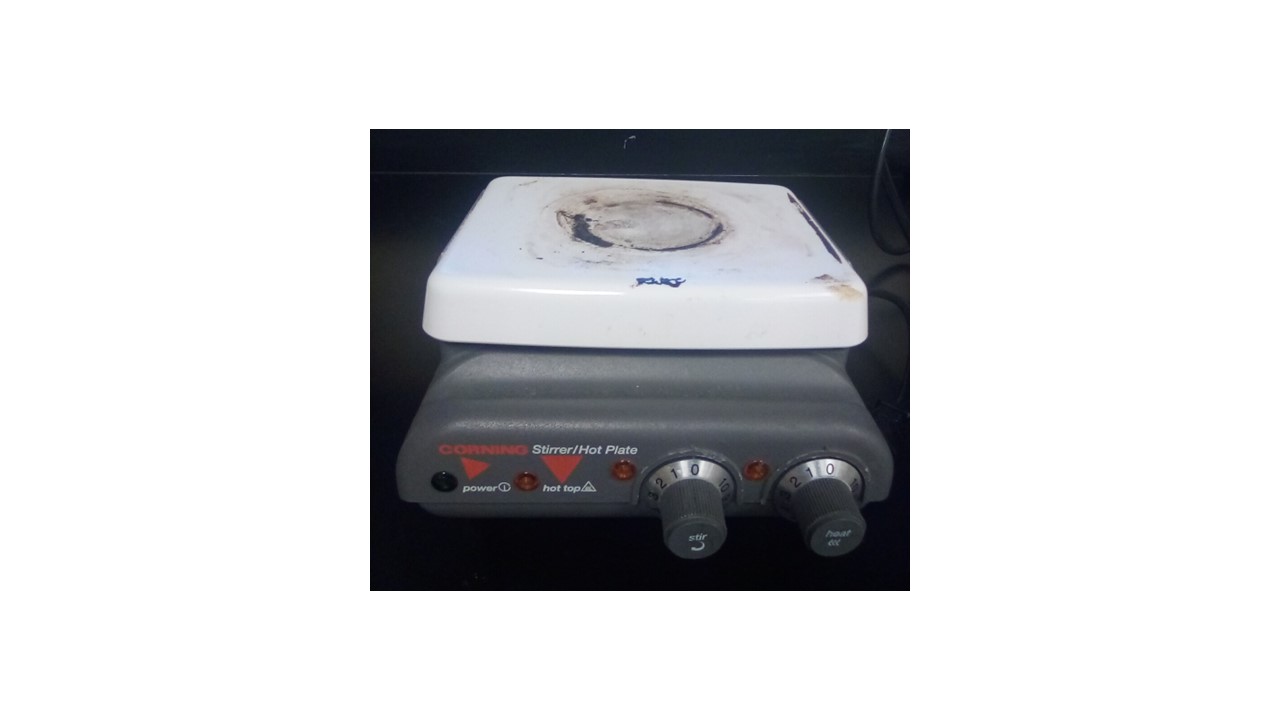
Which machine agitates a mixture in a test tube to make a homogenized mixture?
vortex mixer
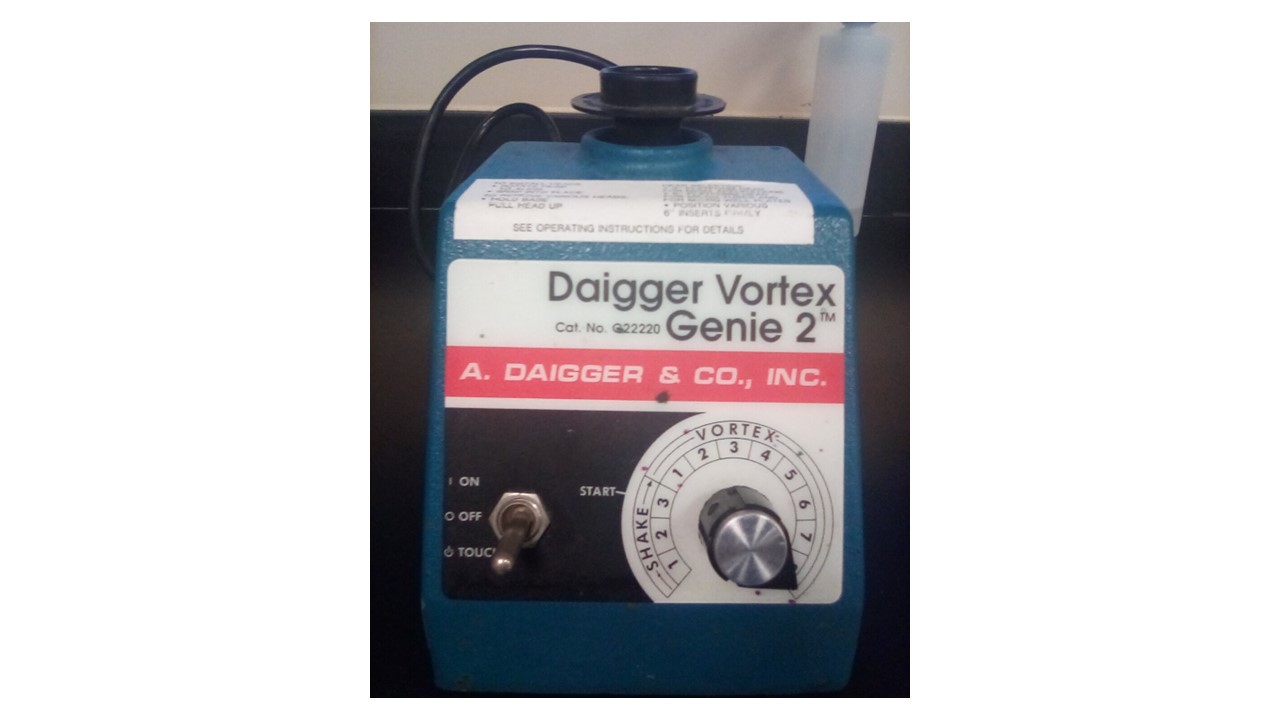
Which machine is used to measure masses?
analytical balance
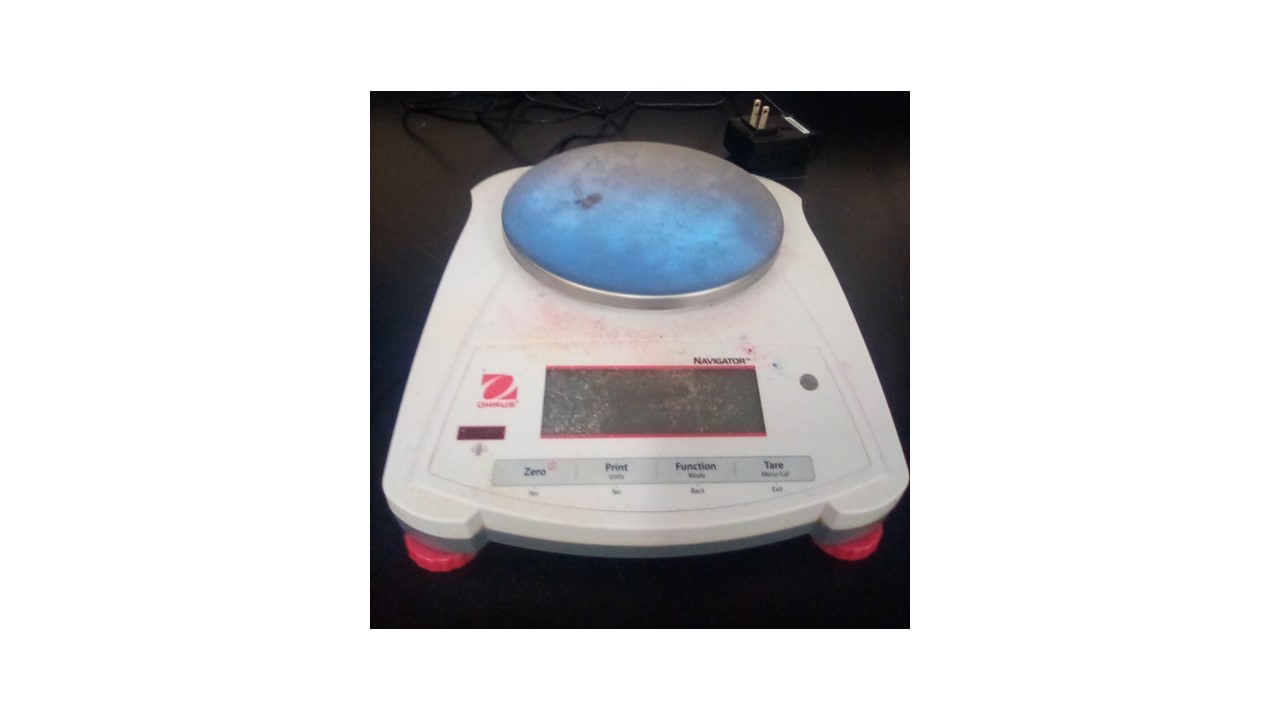
Which piece of equipment is used to avoid contamination when working with microbes?
laminar flow hood
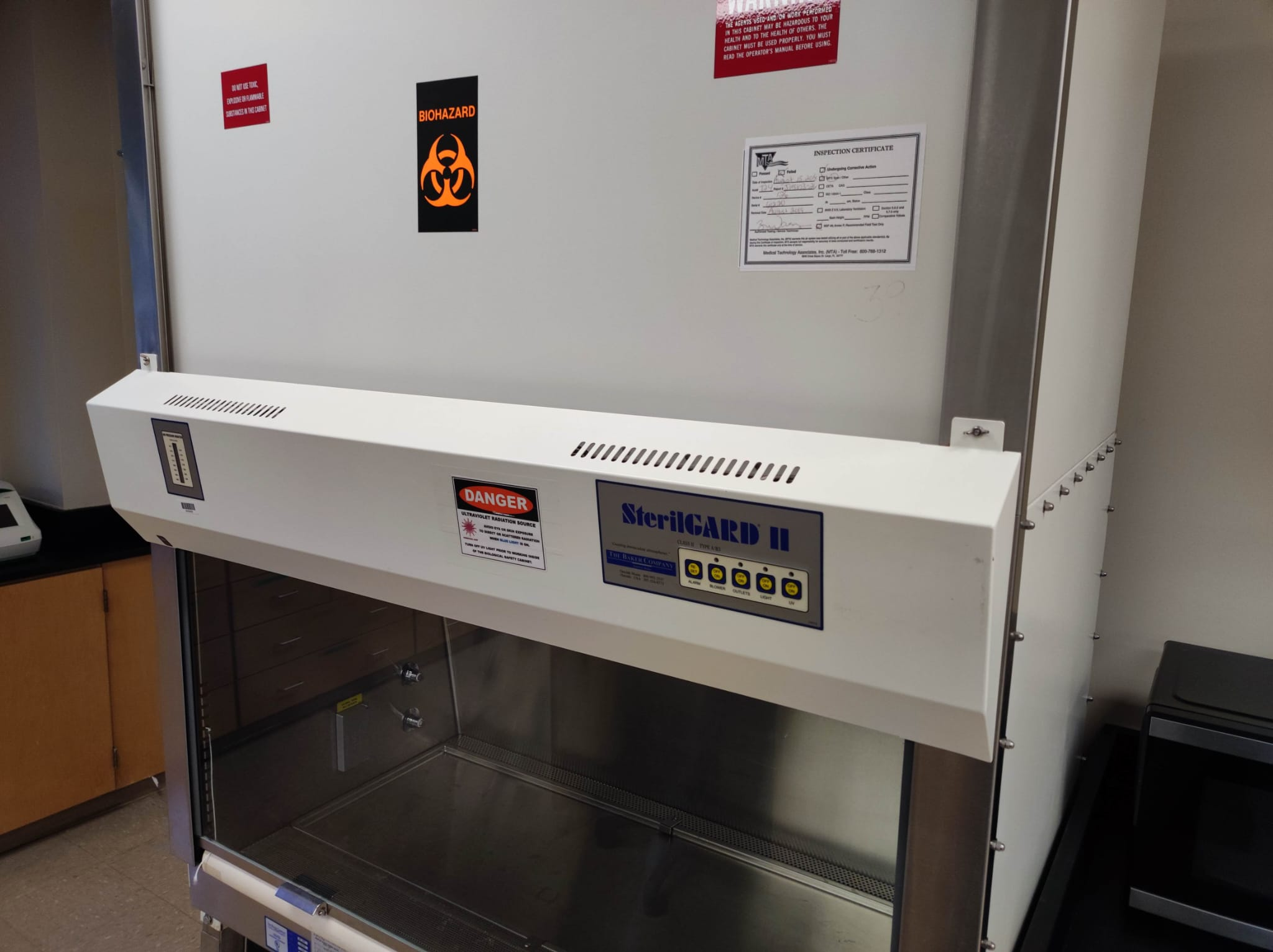
Which piece of equipment is used to sterilize equipment and media?
autoclave
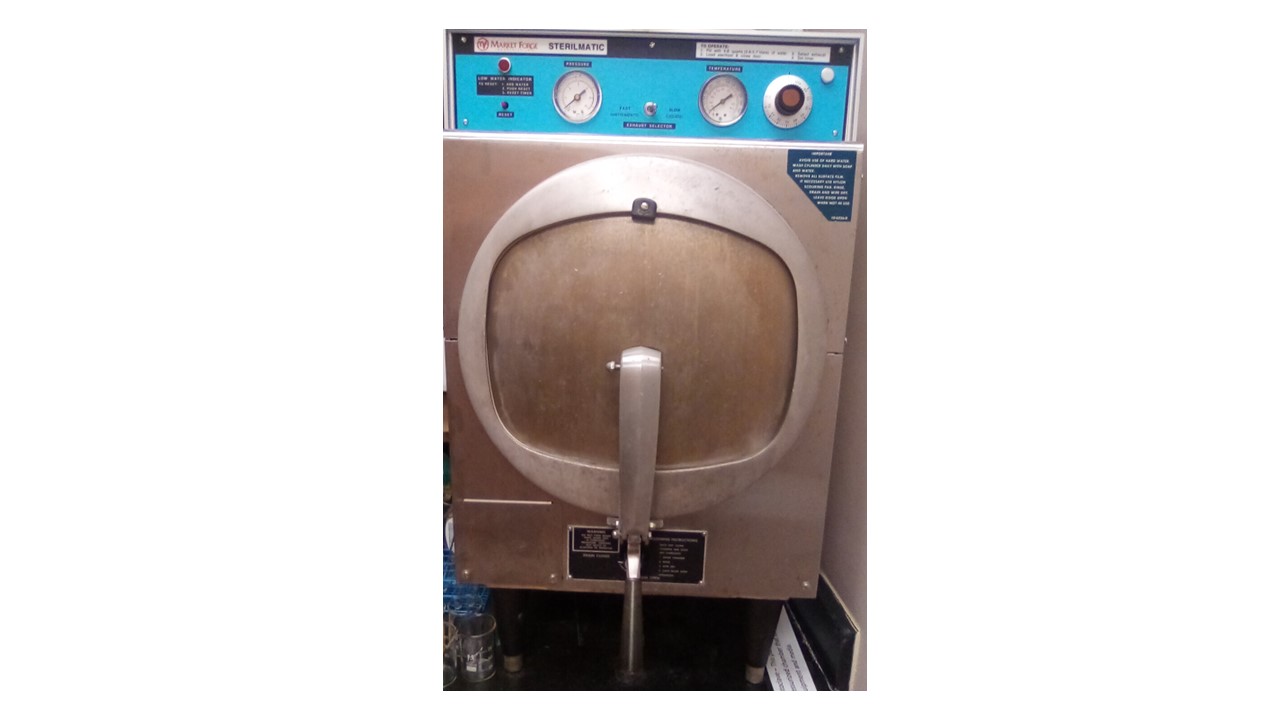
Which piece of equipment is measure the amount of material based on absorbance?
spectrophotometer
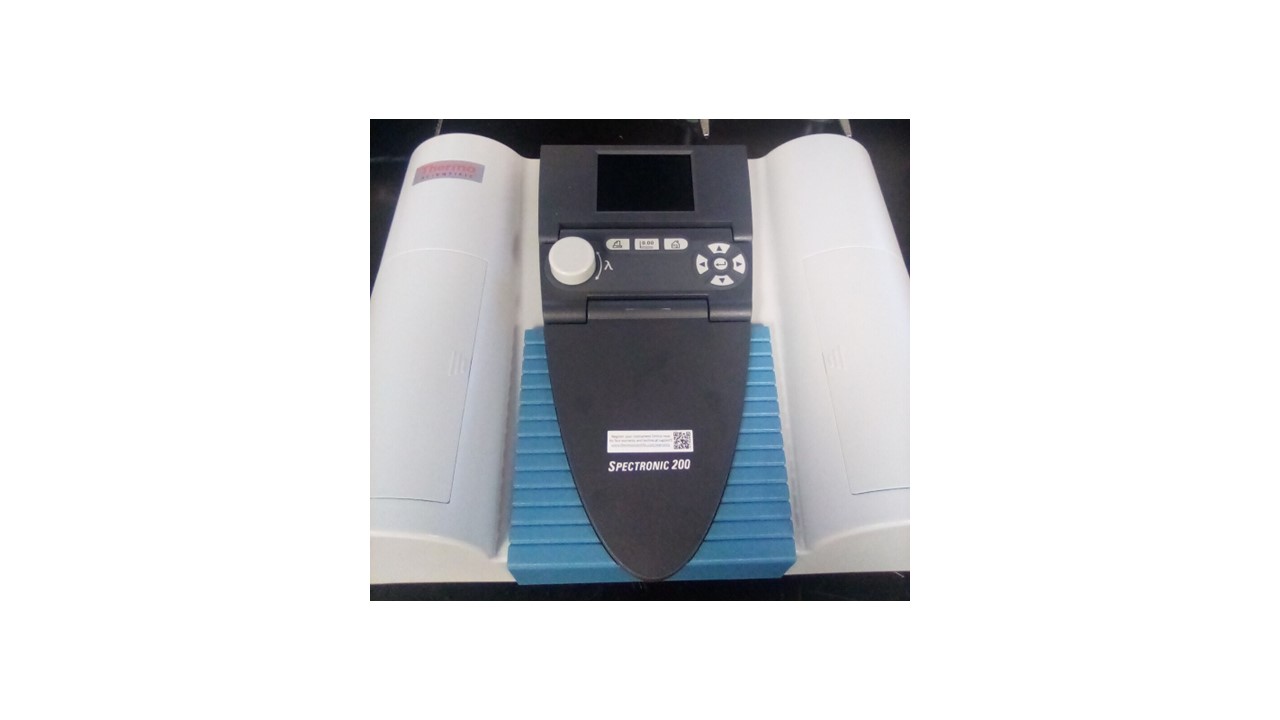
Which machine is used to perform polymerase chain reactions?
thermocycler
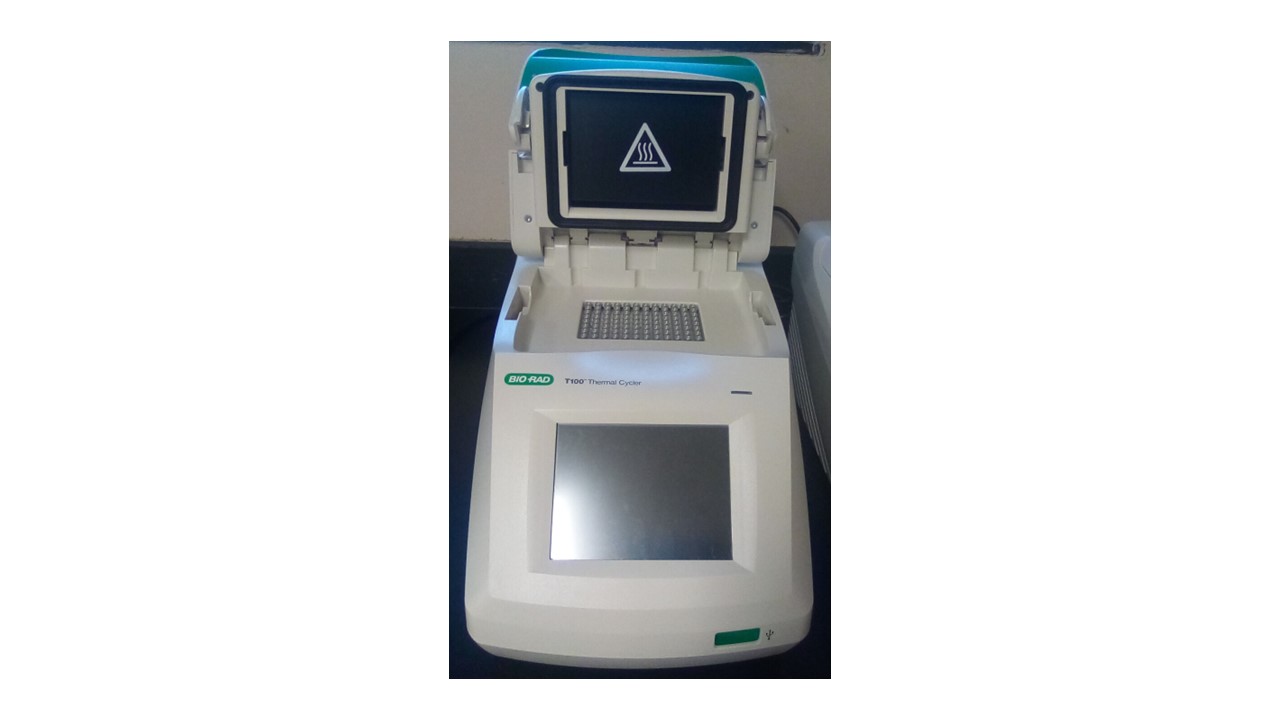
Which machine is used to keep liquids at a constant temperature?
waterbath
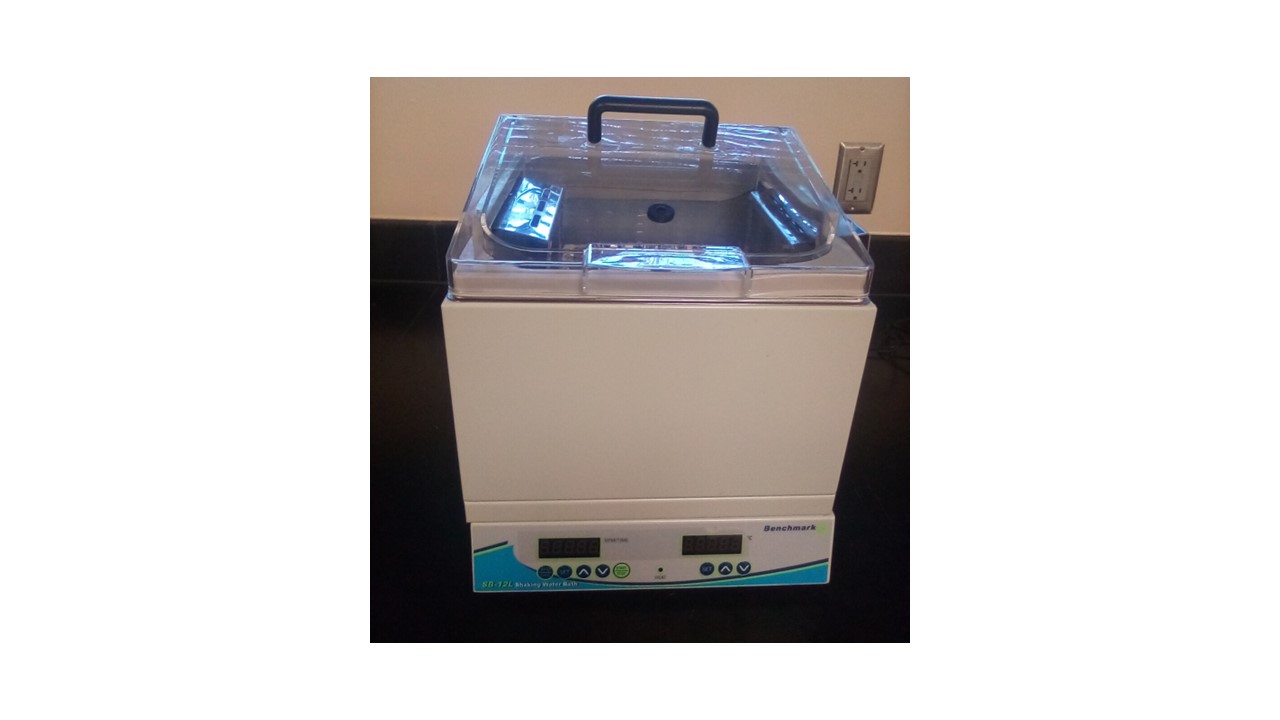
Which piece of glassware/plastic is to hold small amounts of liquid in molecular biology?
microcentrifuge tube
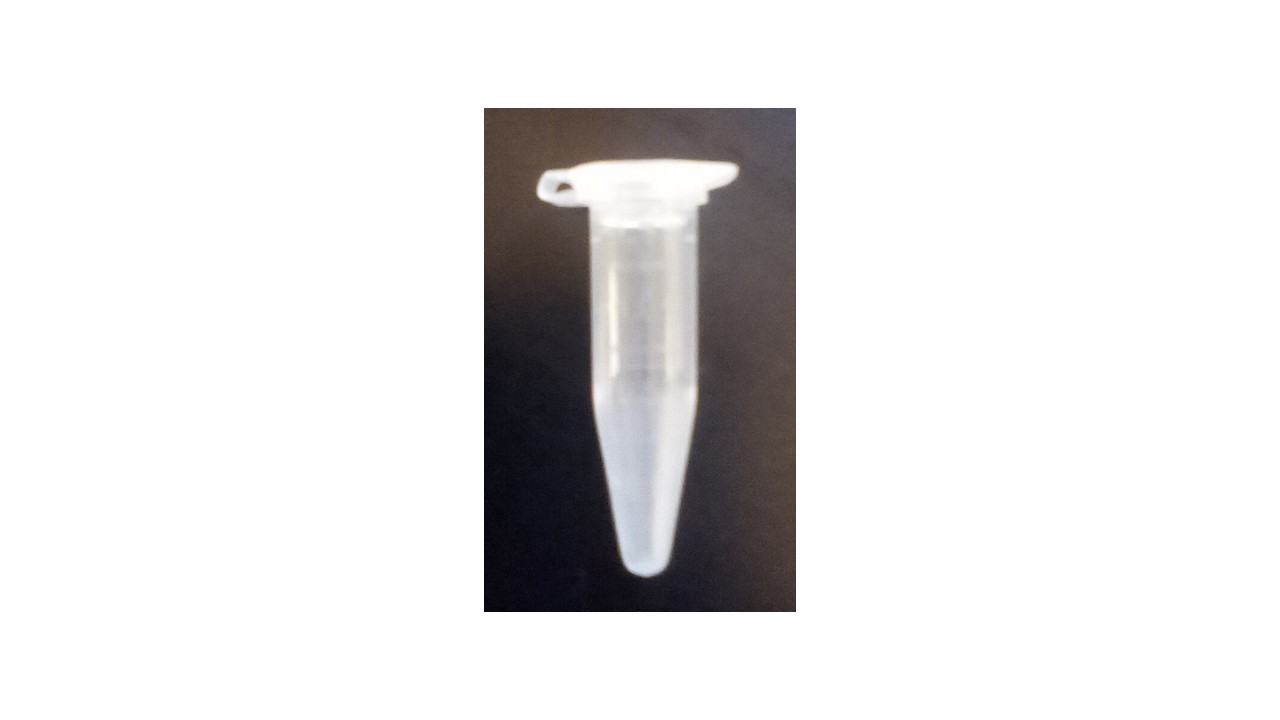
Which piece of glassware is used to grow microbes in liquid culture?
test tube
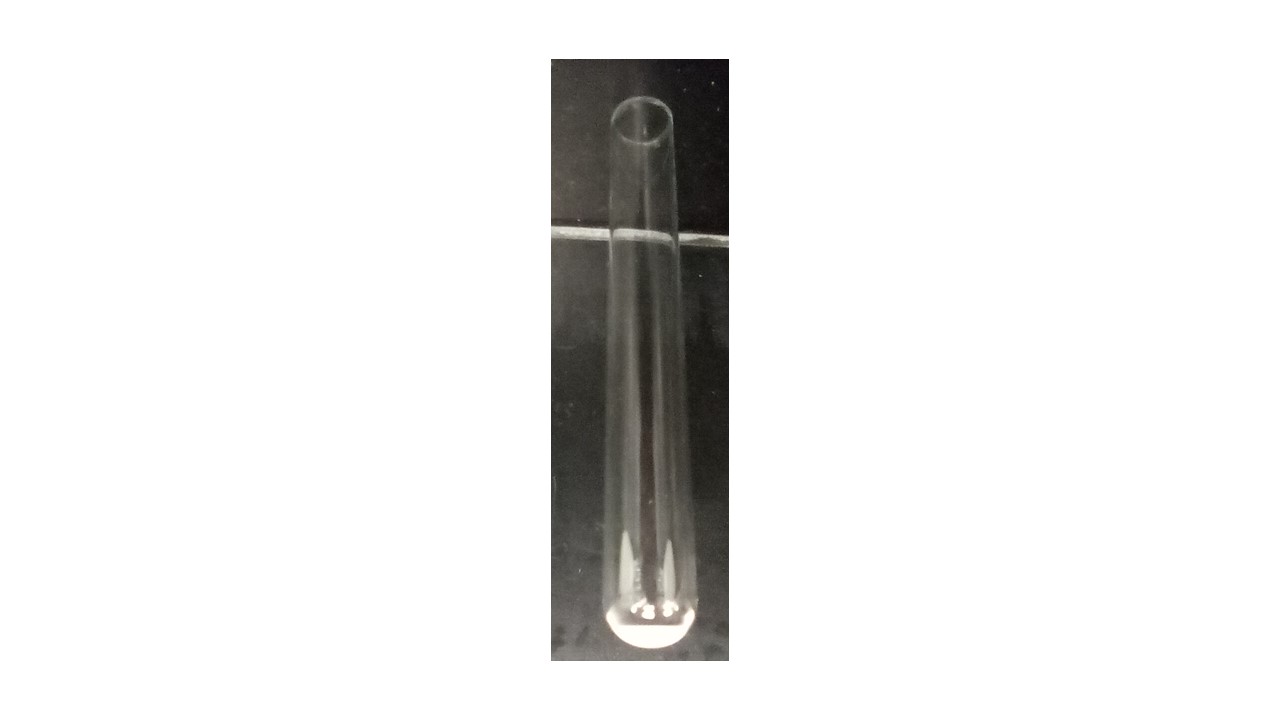
Which piece of glassware is used to grow microbes in solid or semi-solid agar?
petri dish
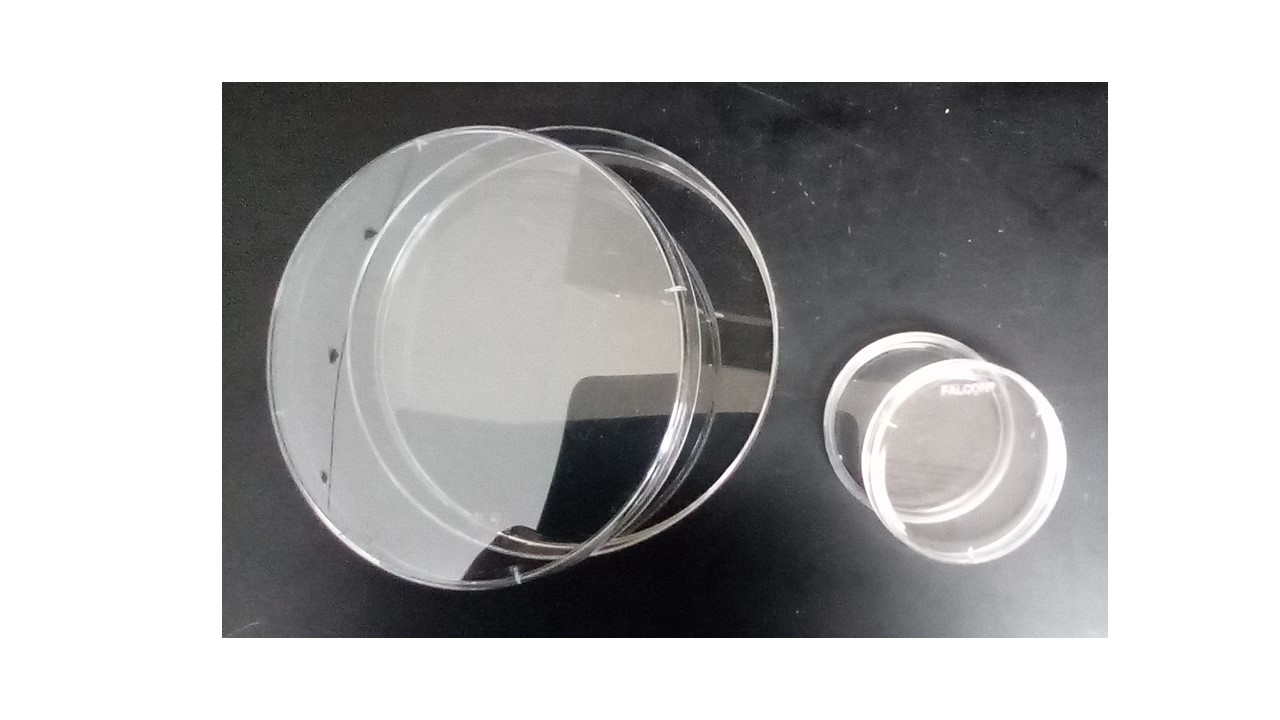
Which pipet moves a fixed volume?
Pasteur pipet
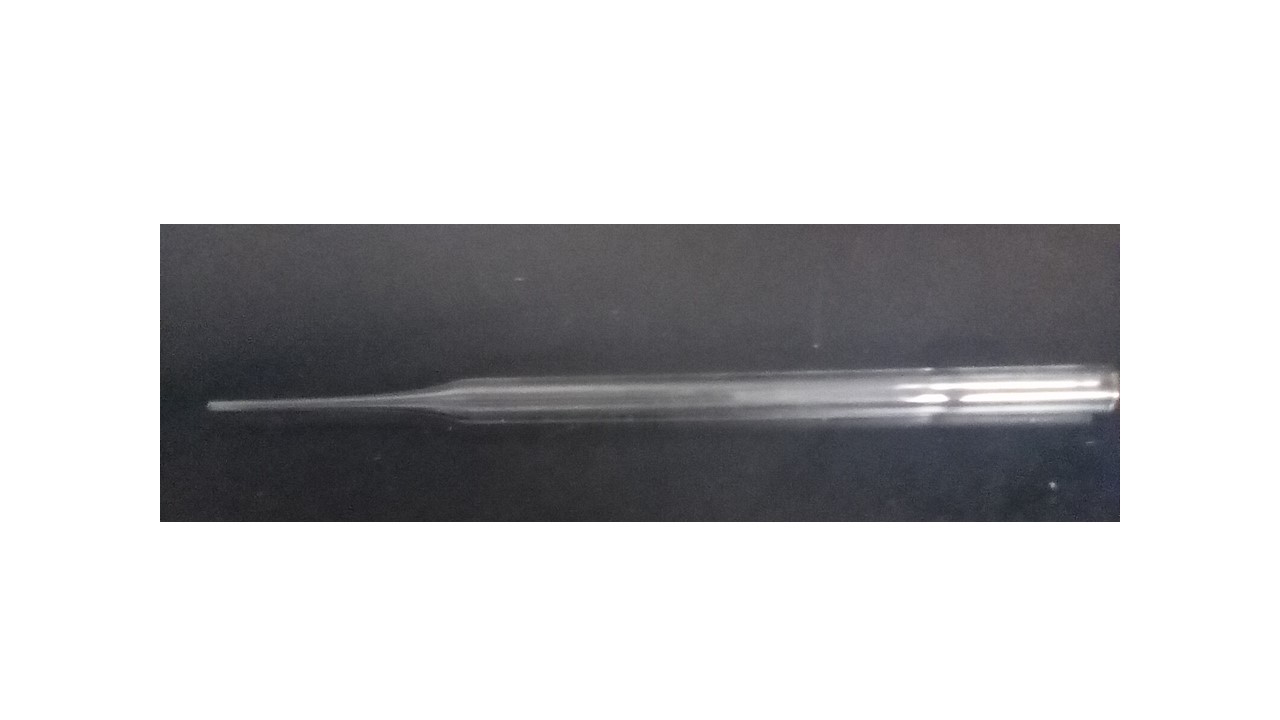
Which pipet is used to transfer the largest amounts of liquid?
serological pipet
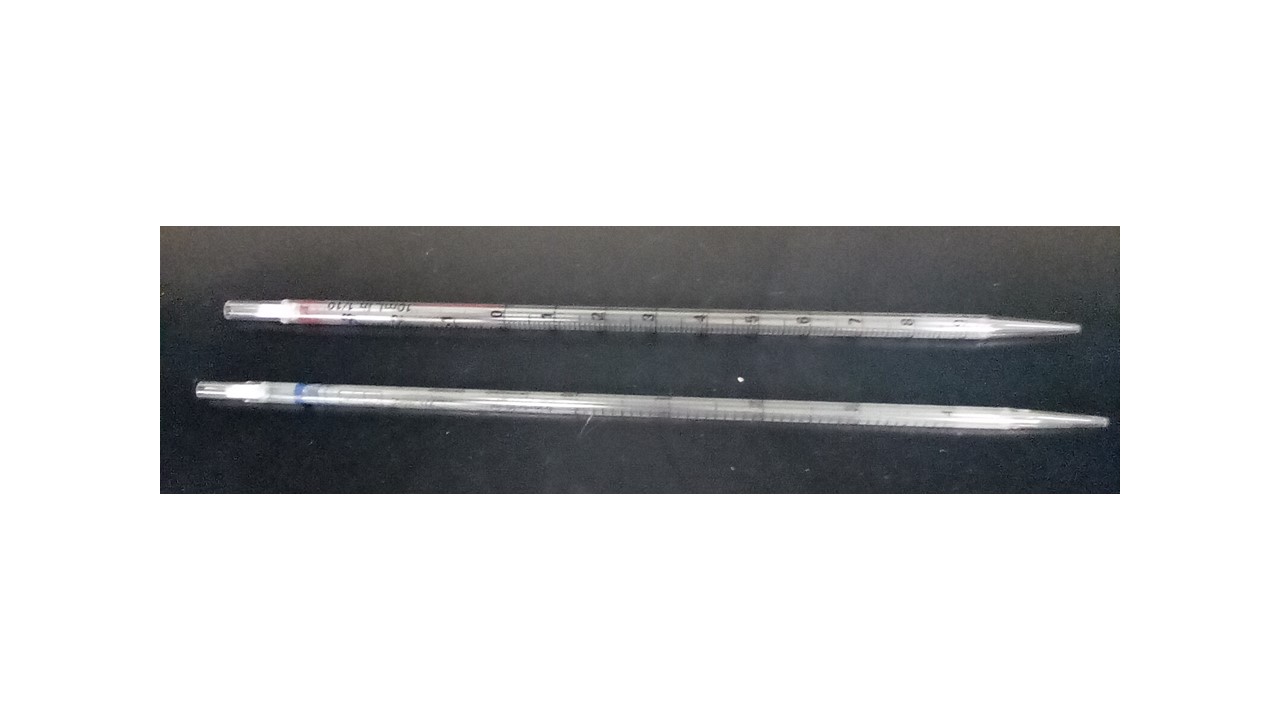
Which pipet is used to transfer the smallest amounts of liquid?
micropipette
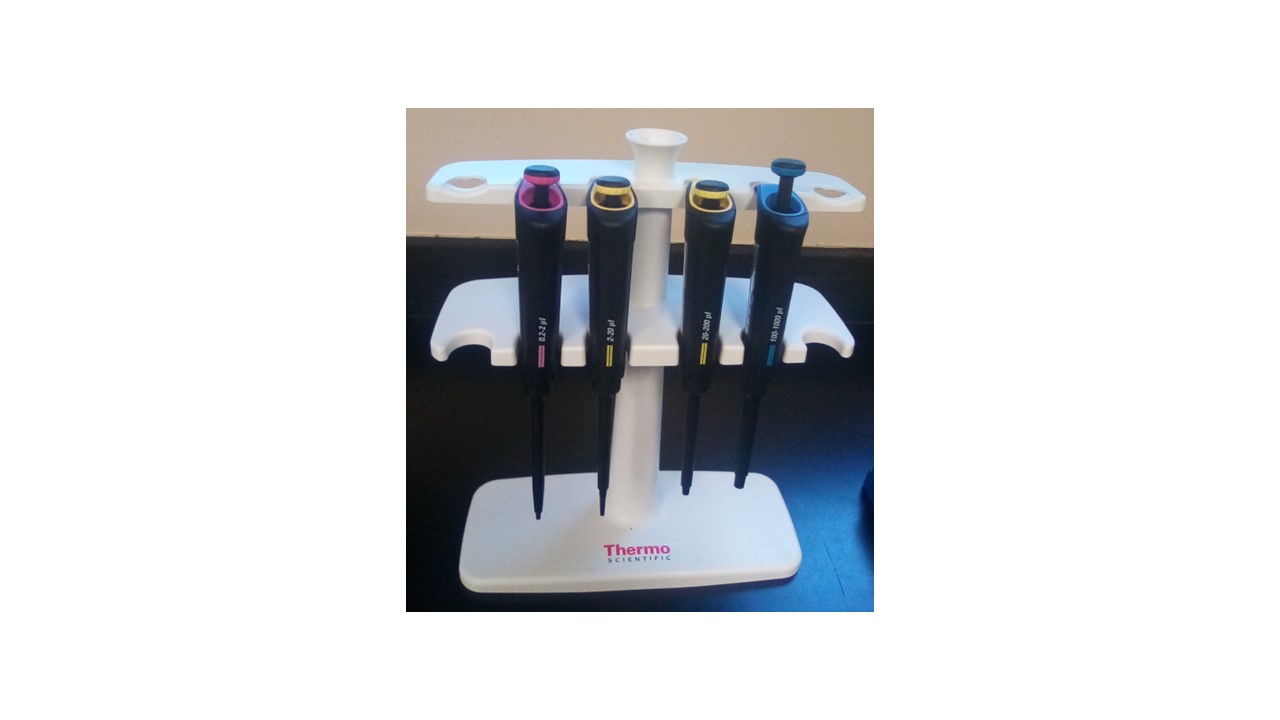
Those organisms that pose very little risk of disease for healthy students, and they can still capable of causing infection under certain circumstances are rated
BSL-1
Those organisms that pose a moderate risk of infection, but the diseases caused by these organisms are treatable and usually not serious are rated
BSL-2
Though we will not use these organisms during lab, organisms that can cause disease in healthy adults and can spread to the community but have an effective treatment are rated as
BSL-3
Though we will not use these organisms during lab, organisms that can cause disease in healthy adults, poses a lethal risk and does not respond to vaccines or antimicrobial therapies are rated as
BSL-4
What are the four I’s when it comes to culturing and studying microorganisms in the lab
Isolation, Inoculation, Identification, Incubation
Growing microbes in culture is important to increase visibility and manage microbes in an artificial environment is which of the following:
Inoculation
The method uses media to separate out individual microbes to make pure culture is known as:
Isolation
This process that uses media and cultured microbes occurs when the microbes are placed under optimal growth condition to promote growth and reproduction of the microbes is known as:
Incubation
This is the analysis of collected data to help determine the type of microbe that is present and is known as:
Identification
Lab exercise 2
This type of microscope cause the light source to hit the specimen at a severely oblique angle.
Darkfield
This is the most common type of microscope used.
brightfield
A benefit of this microscope is the ability to clearly view live organisms without stains.
phase contrast
When using the scanning objective, the objective magnification would be
4x
When using the low-power objective, the objective magnification would be
10x
When using the high-dry objective, the objective magnification would be
40x
When using the oil immersion objective, the objective magnification would be
100x
Which type of cell wall (Gram negative or Gram positive) was Escherichia coli?
gram negative
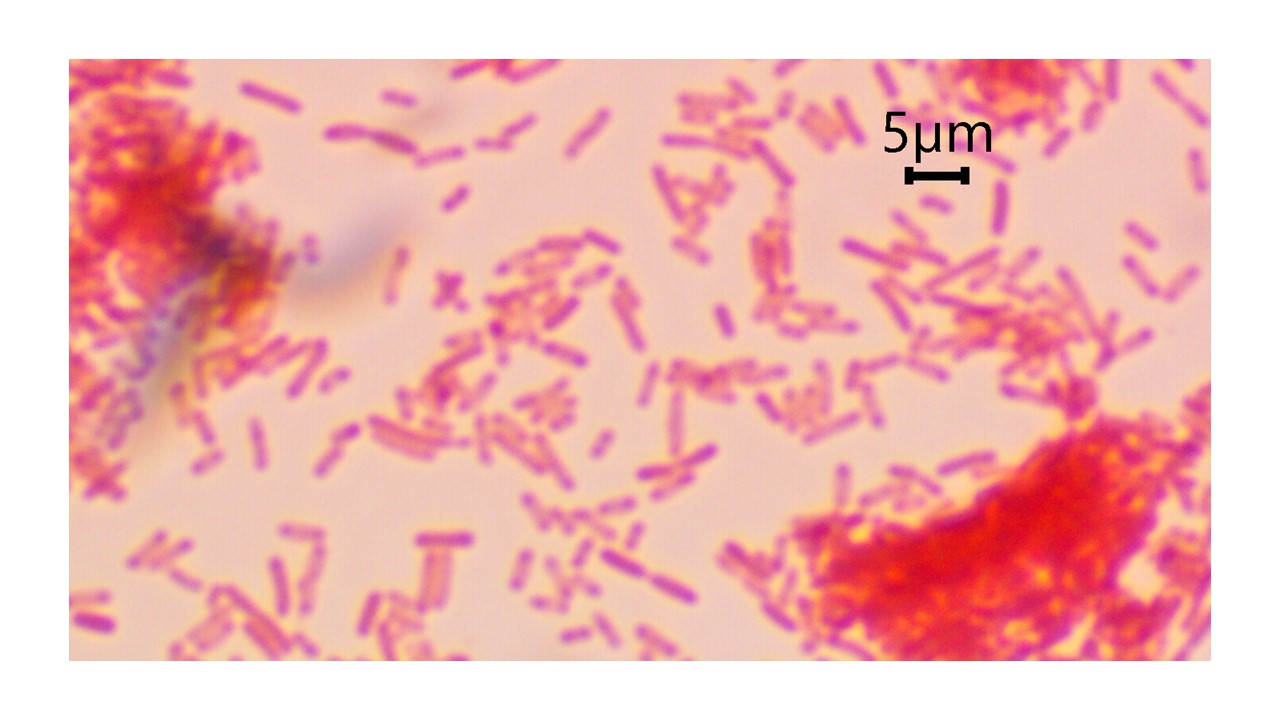
Which type of cell wall (Gram negative or Gram positive) was Pseudomonas aeruginosa?
gram negative
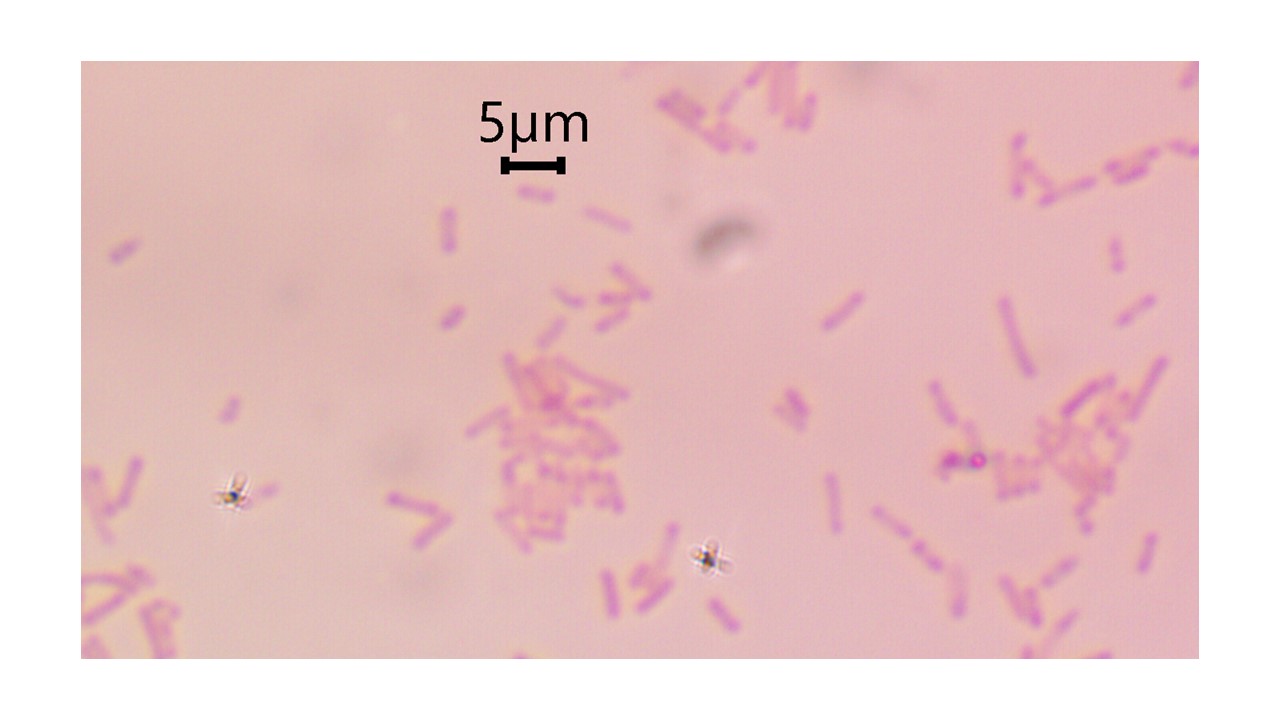
Which type of cell wall (Gram negative or Gram positive) was Bacillus subtilis?
Gram positive
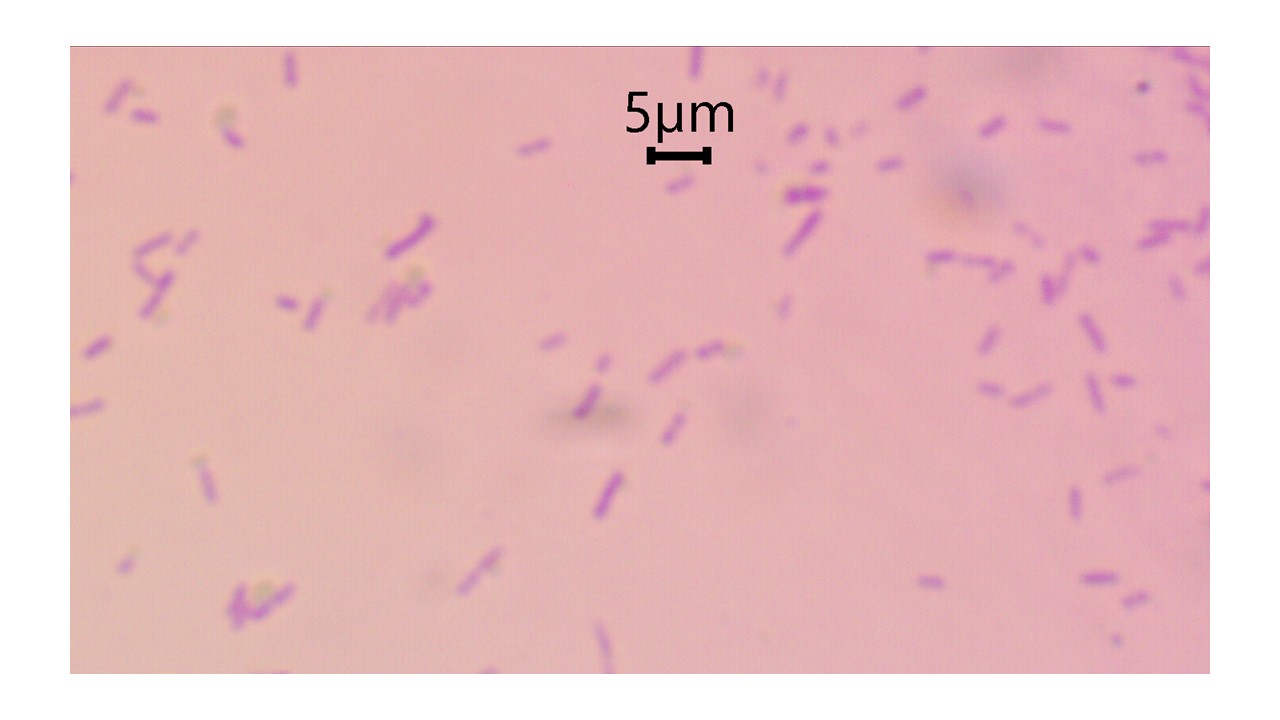
Which type of cell wall (Gram negative or Gram positive) was Stahylococcus epidermidis?
gram positive
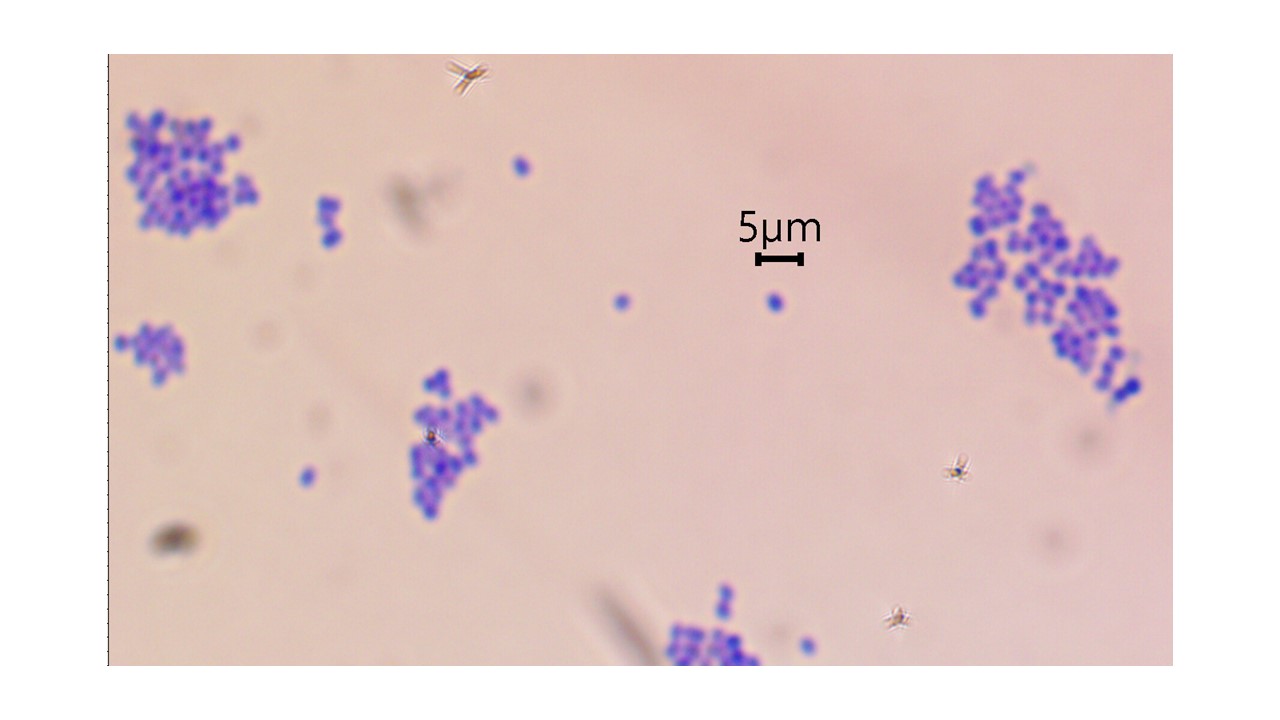
Which supergroup do Kinetoplastida, Diplomonads, Parabasilids, Euglenazoans and Euglenids belong to?
Excavata
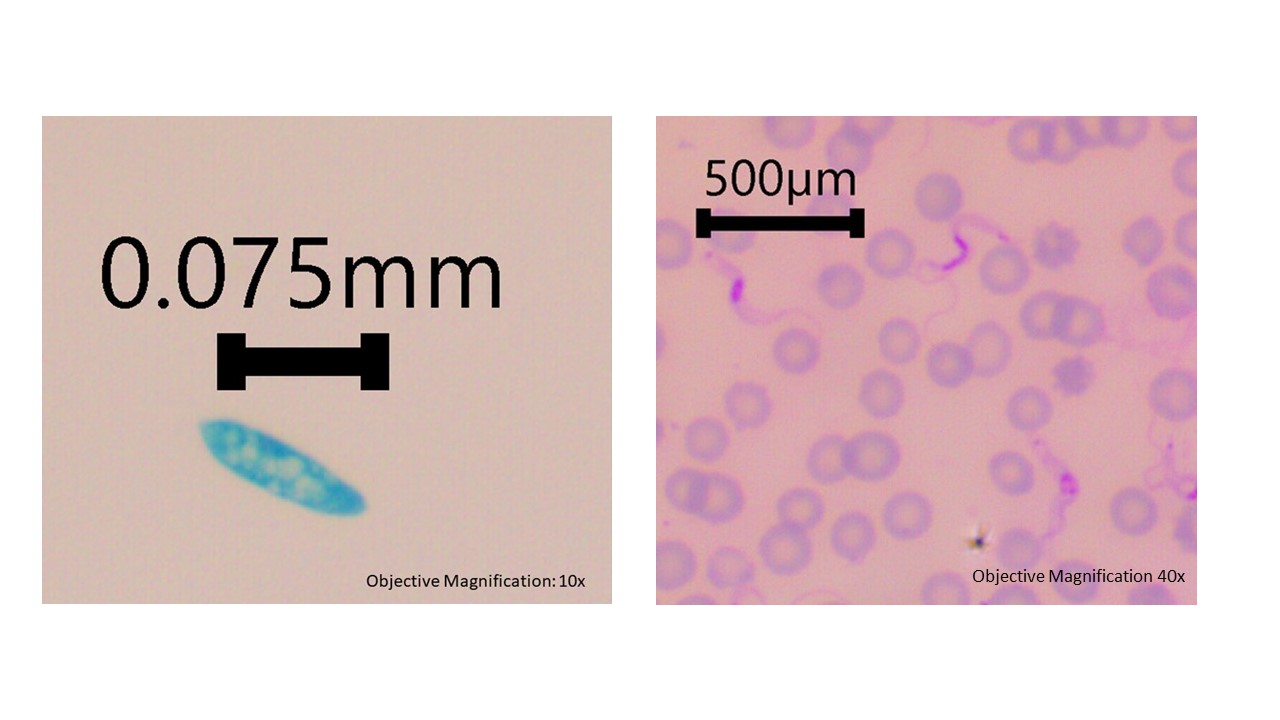
Which supergroup do Cercozoa, Radiolarians and Foraminiferans belong to?
Rhizaria
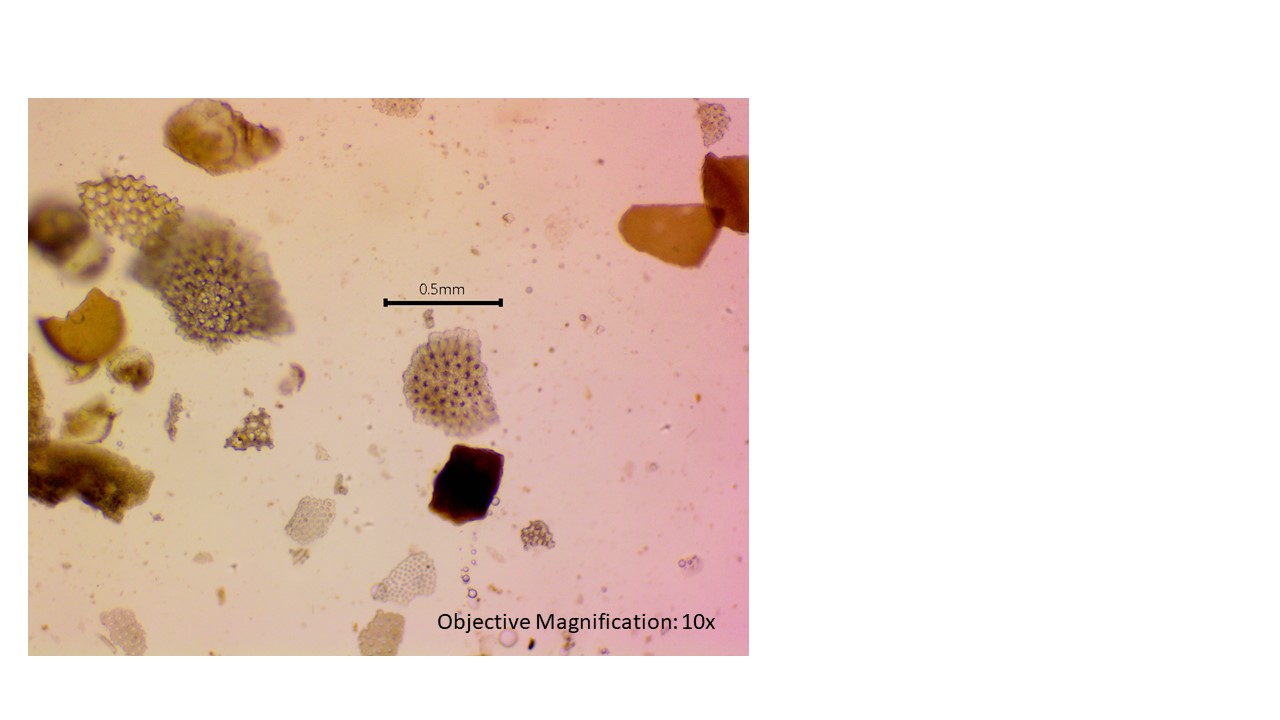
Which supergroup do Apicoplexans, Ciliates and Dinoflagellata belong to?
Alveolata
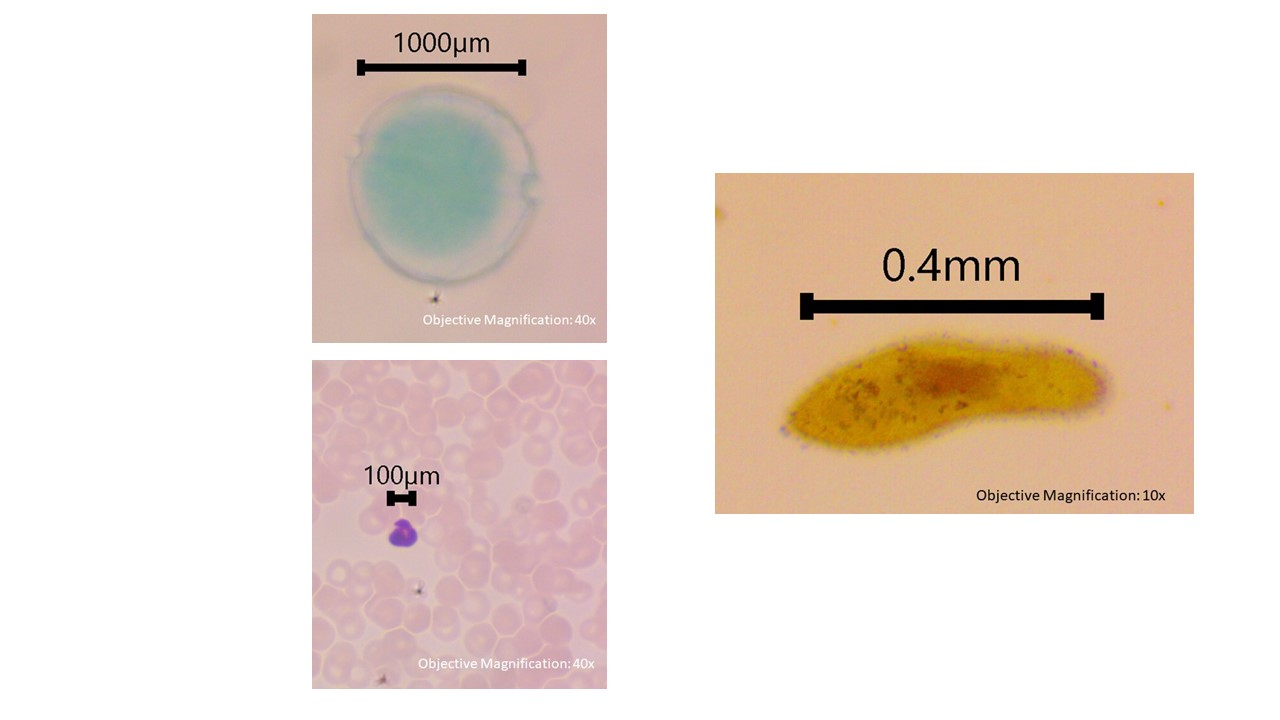
The phylum Nematoda belongs to which kingdom?
Animals
The phylum Platyhelminthes belongs to which kingdom?
Animals
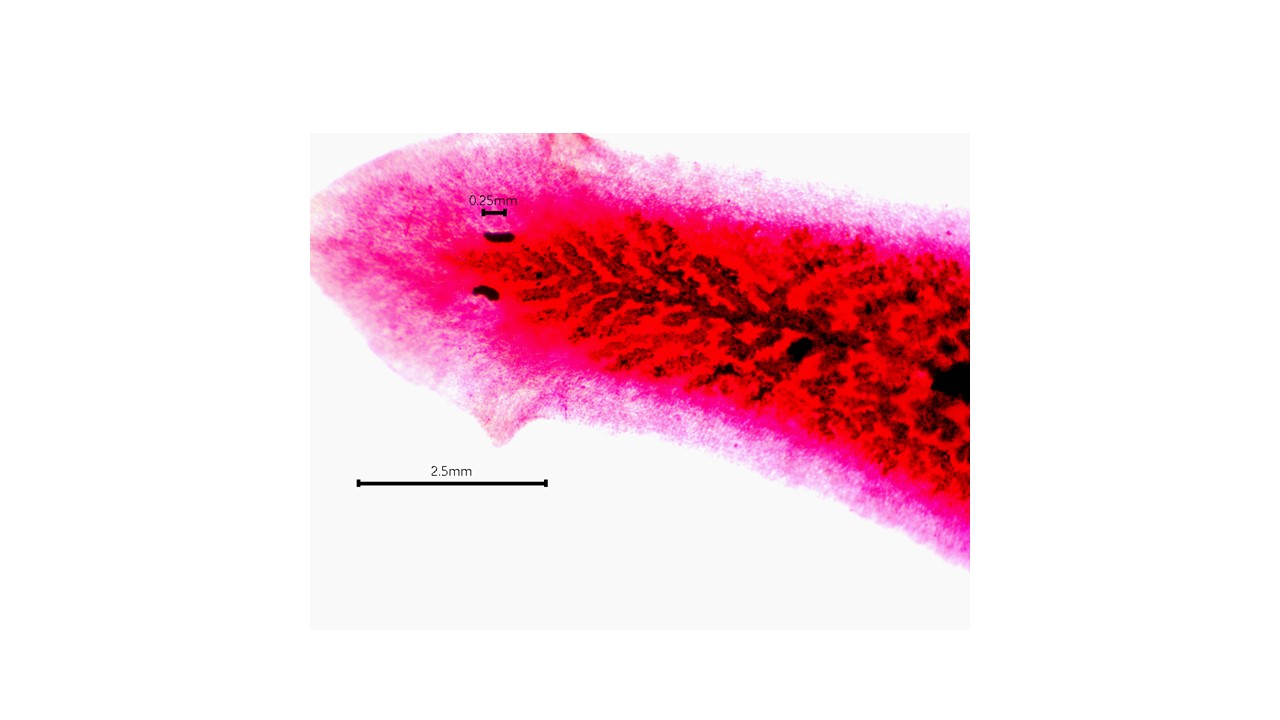
Which fungal phylum contains bread molds?
Zygomycota
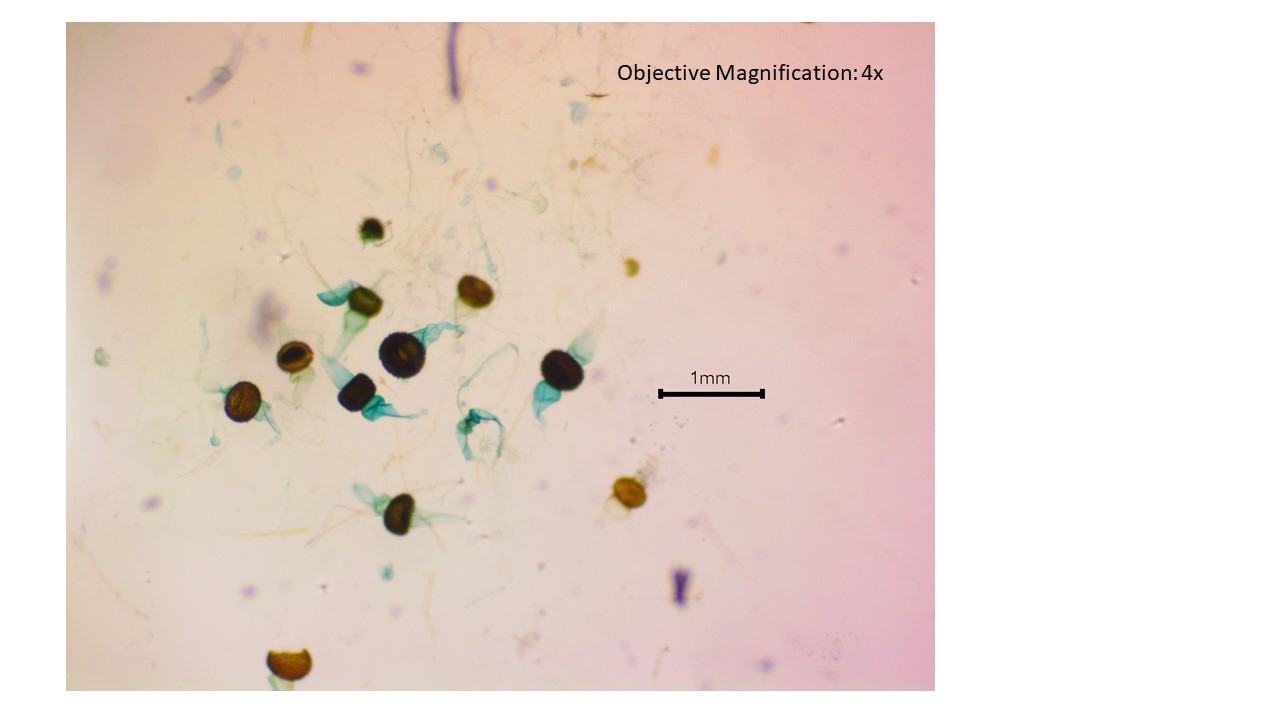
Which phylum contains the fungus that produces pencillin and brewer's yeast (Saccharomyces)?
Ascomycota
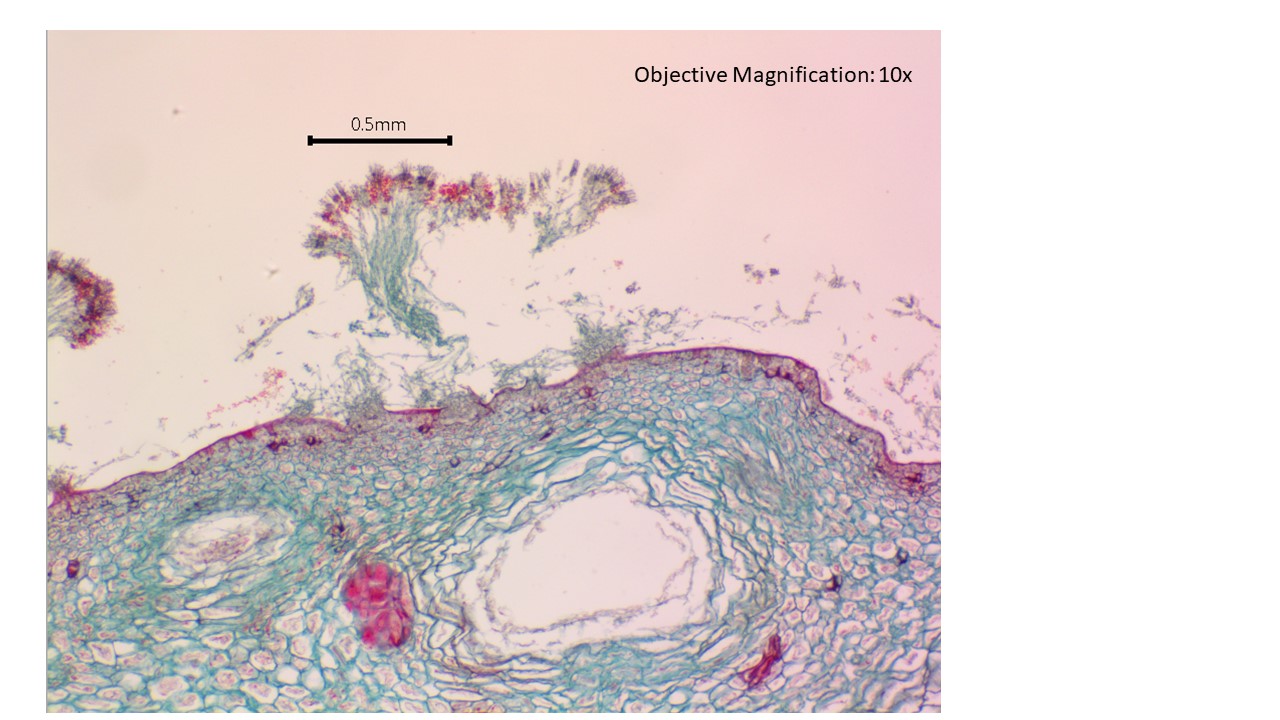
Which phylum contains the plant pathogenic fungi known as smuts and rusts?
Basidiomycota
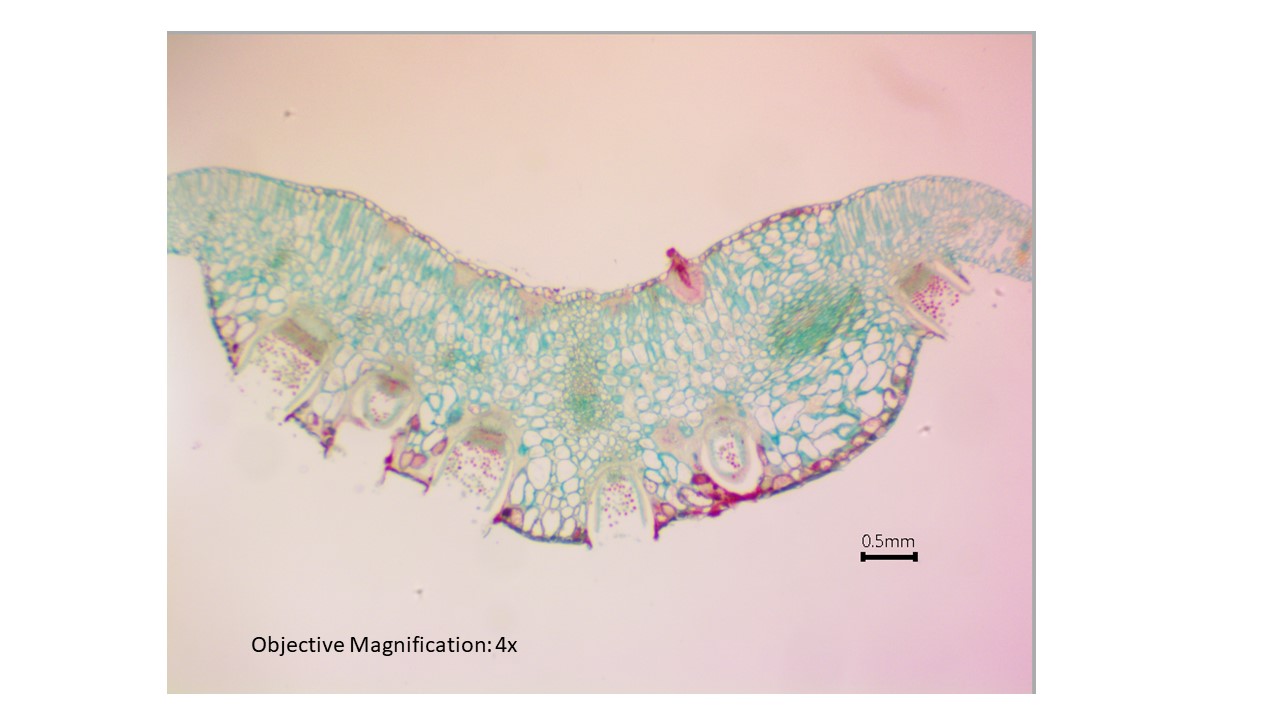
Which virus classification incudes double stranded DNA?
Class I (think opposite class ONE goes with DOUBLE stranded)
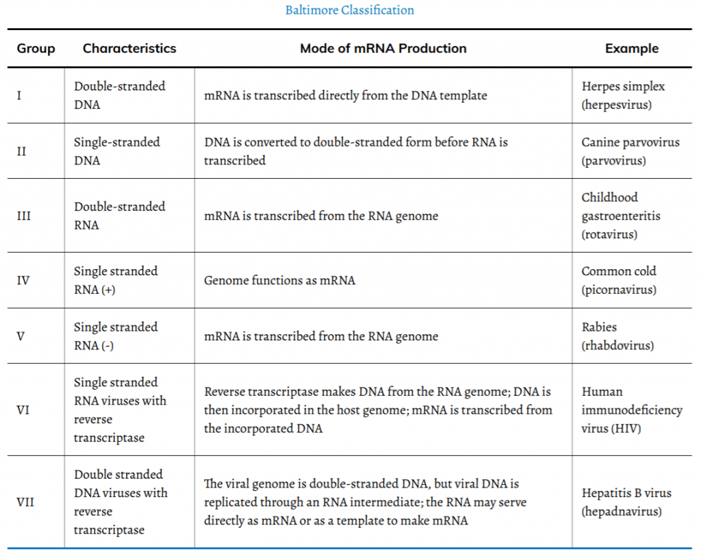
Which virus classification includes single stranded DNA?
Class II (class TWO goes with SINGLE stranded)
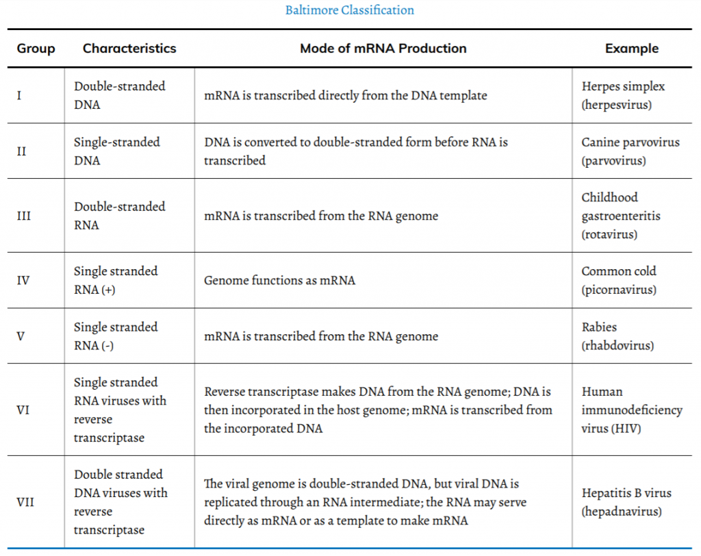
Which virus classification includes double stranded RNA?
Class III
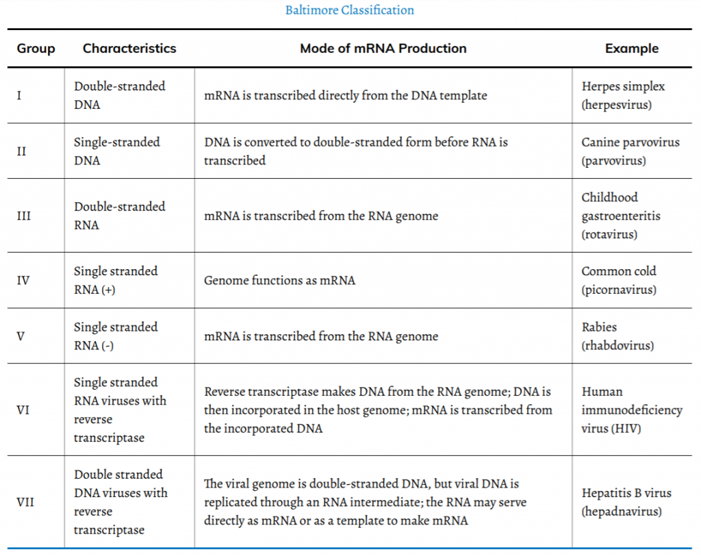
Which virus classification includes positive sense single stranded RNA?
Class IV
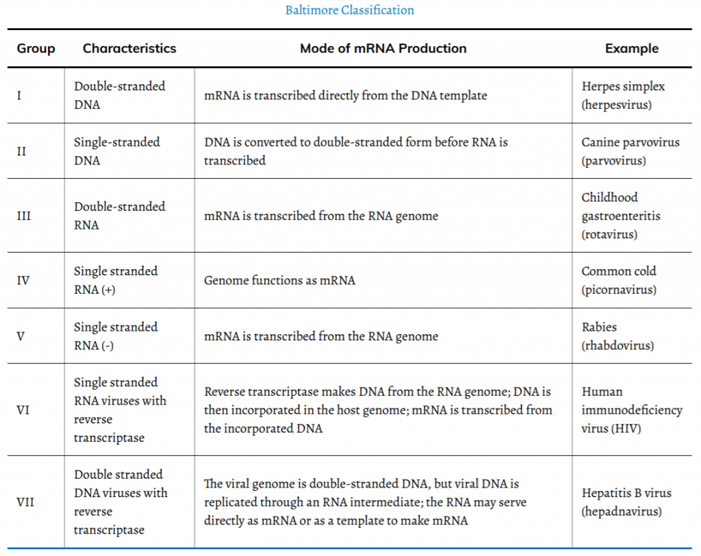
Which virus classification includes negative sense single stranded RNA?
Class V
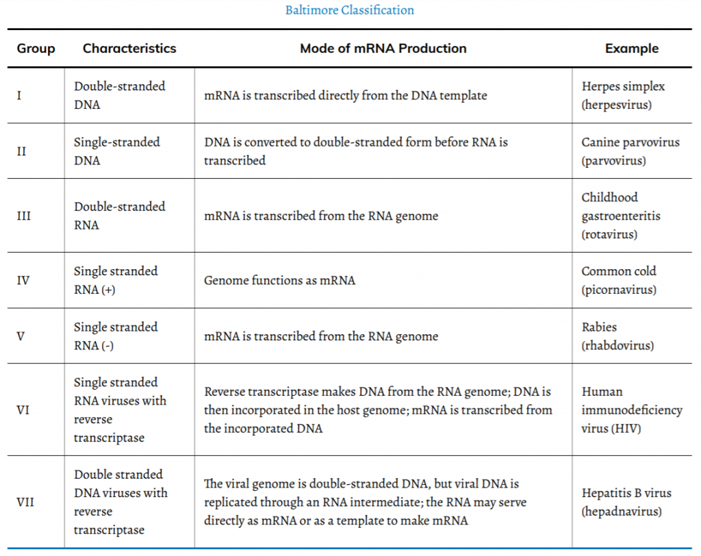
Which virus classification includes single stranded RNA with a DNA intermediate?
Class VI
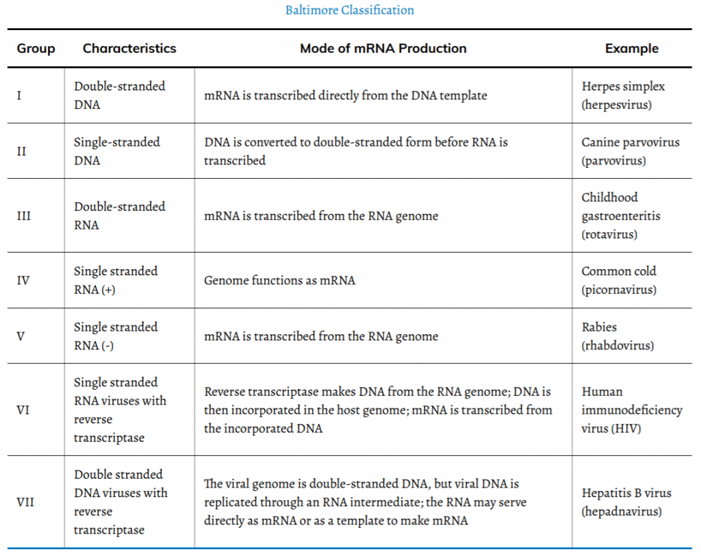
Which virus classification includes double stranded DNA with an RNA intermediate?
Class VII
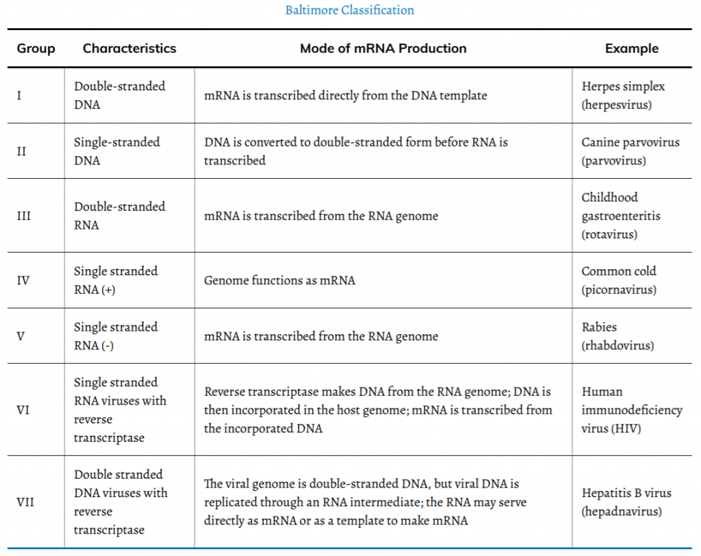
Using the provided values for multiple microscopes, what is the mean field of view in micrometers for the 4x objective (to three decimal places)? (mean=average)
Values: 4500, 4000, 4000, 4000, 4000, 4000, 4000, 3000, 3000, 4,200, 4000, 4000, 4500, 4500, 5000, 4000, 4000, 5000, 3000, 5000, 5000, 5000, 5000, 45
Answer: 4216.667
Using the provided values for multiple microscopes, what is the mean field of view in micrometers for the 10x objective (to three decimal places)?
Values: 1500, 1500, 1500, 1500, 2000, 2000, 1500, 1500, 1500, 2000, 2000, 1500, 1500, 1500, 1500, 2000, 2000, 2000, 2000, 2000, 2000, 2000, 1750
Answer: 1760.417
Using the provided values for multiple microscopes, what is the mean field of view in micrometers for the 40x objective (to three decimal places)?
Values: 450, 400, 400, 400, 400, 400, 400, 300, 300, 420, 400, 400, 450, 450, 500, 400, 400, 500, 300, 500, 500, 500, 500, 450
Answer: 421.667
Using the provided values for multiple microscopes, what is the mean field of view in micrometers for the 100x objective (to three decimal places)?
Values: 150, 150, 150, 150, 200, 200, 150, 150, 150, 200, 200, 150, 150, 150, 150, 200, 200, 200, 200, 200, 200, 200, 200, 175
Answer: 176.042
Using the scale bar, what is the size of a single Escherichia coli cell in micrometers using the given picture?
3.0
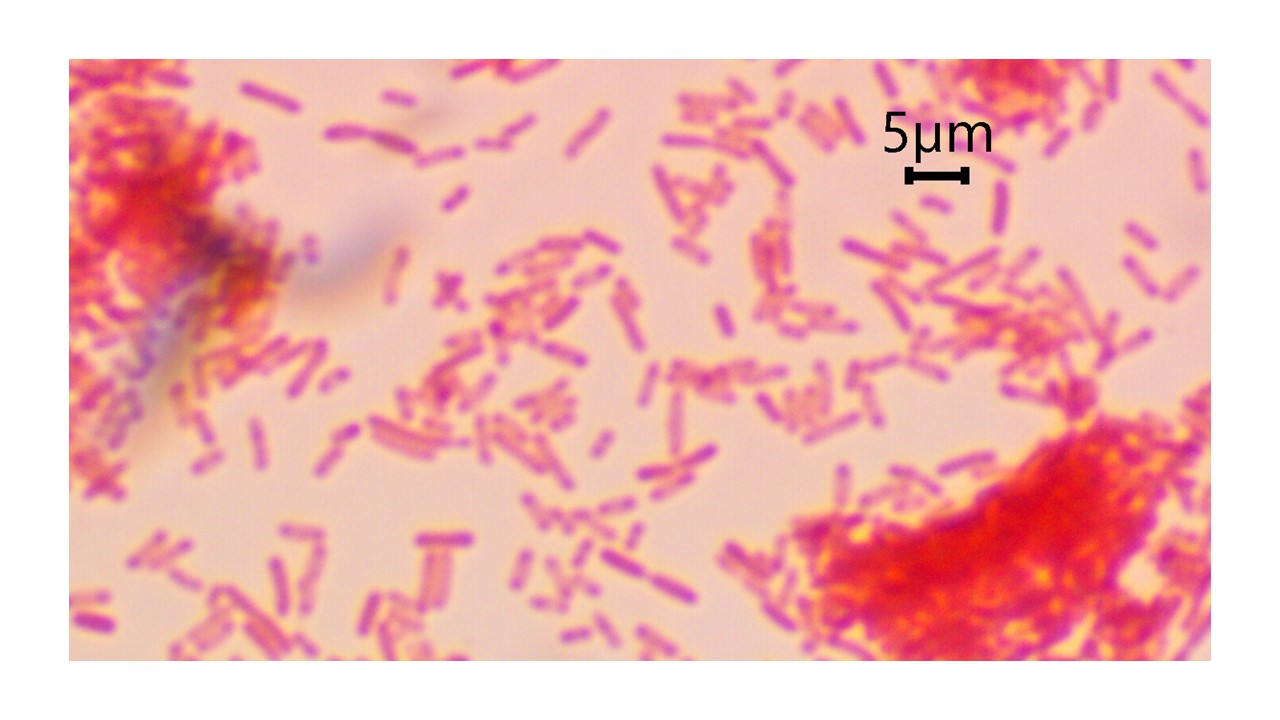
Using the scale bar, what is the size of a Pseudomonas aeruginosa cell in micrometers using the given image?
2.5
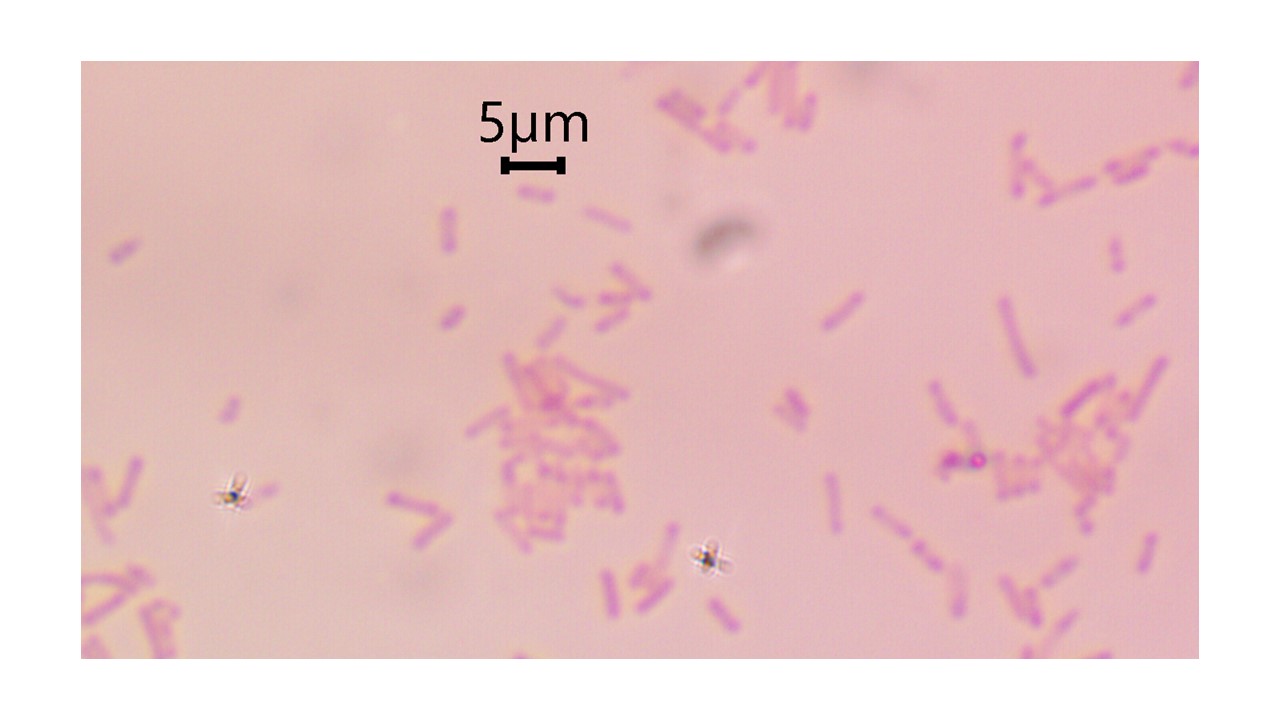
Using the scale bar, what is the size of Staphylococcus epidermidis in micrometers using the provided image?
1.0
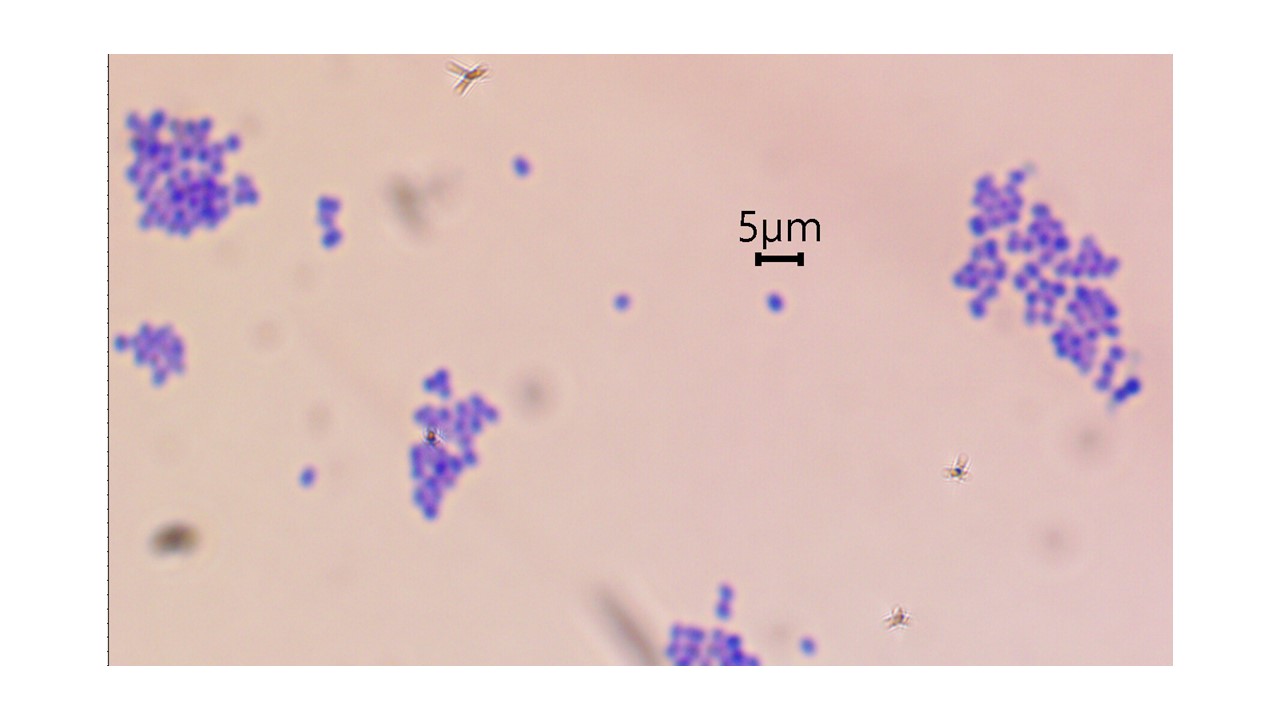
Using the scale bar, what is the size of Bacillus subtilis in micrometers using the provided image?
3.0
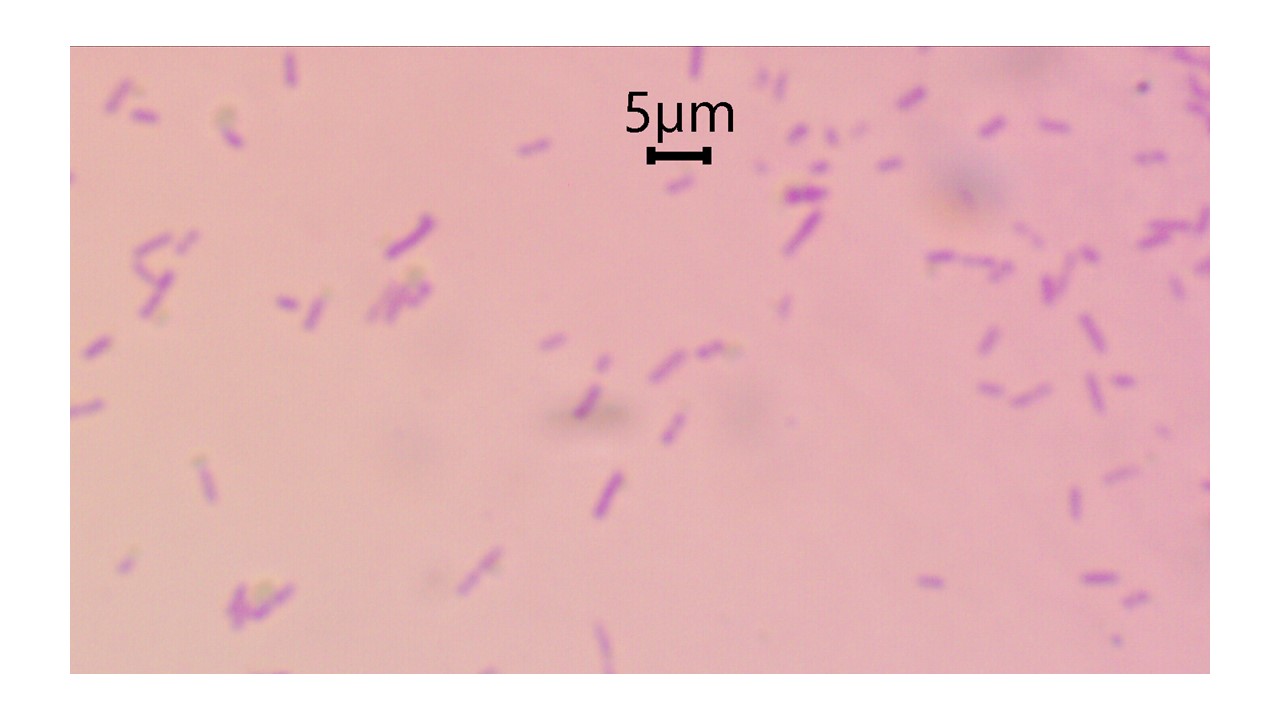
Using the scale bar, what is the size of a single fungal cell in micrometers?
4
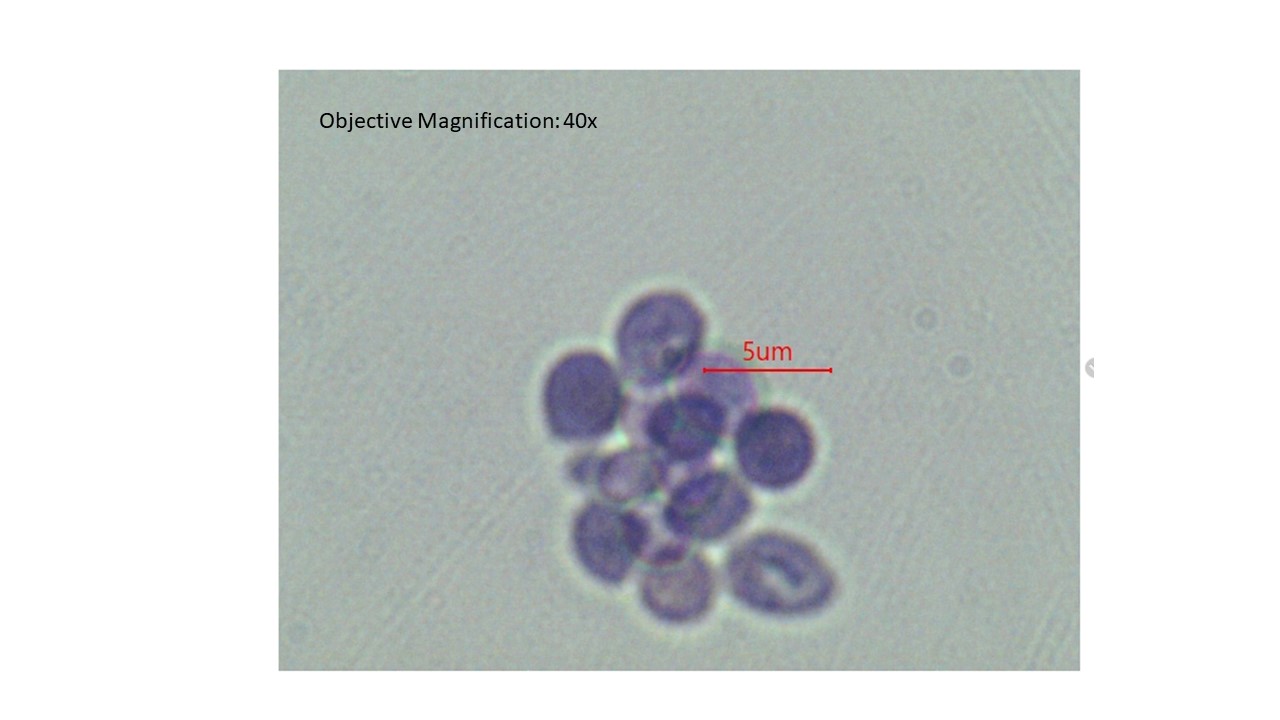
Lab Exercise 3
Which type of stain sticks to the cell and gives them color?
positive staining (think positive people stick together)
Which type of stain does not stick to the cell, but dries around the cell boundary creating a silhouette?
negative staining ( think negative people are dry)
Which type of stain uses both basic and acidic dyes?
Positive staining
Which type of stain uses acidic dyes?
negative staining
Which type of stain uses a single dye?
simple staining
Which type of stain uses two dyes - a primary dye and a counterstain?
differential staining
What cell structure does Gram staining react to?
cell wall
What cell structure gets stained when the cell is under environmental stress?
spore (heat experiment to see spores)
What waxy material in the cell wall does acid-fast staining react to?
mycolic acid
Name the two stains used in Gram staining?
Crystal Violet and safranin
Name the two stains used in acid-fast staining?
fuchsin and methylene blue
Name the two stains used in spore staining?
Malachite green and safranin
Name the one stain that can be used in negative staining?
nigrosin
Which type of cell wall is indicated by purple/blue in Gram staining?
gram positive
Which type of cell wall is indicated by pink in Gram staining?
gram negative
With spore staining, green indicates which structure?
spores
With spore staining, red indicates what type of cell?
vegetative cells
With acid-fast staining, Mycobacterium (acid-fast bacteria) will stain which color because of the presence of mycolic acid?
red
With acid-fast staining, non-acid-fast bacteria will stain which color?
blue
Looking at the micrograph, is Staphylococcus aureus Gram positive or Gram negative?
gram positive
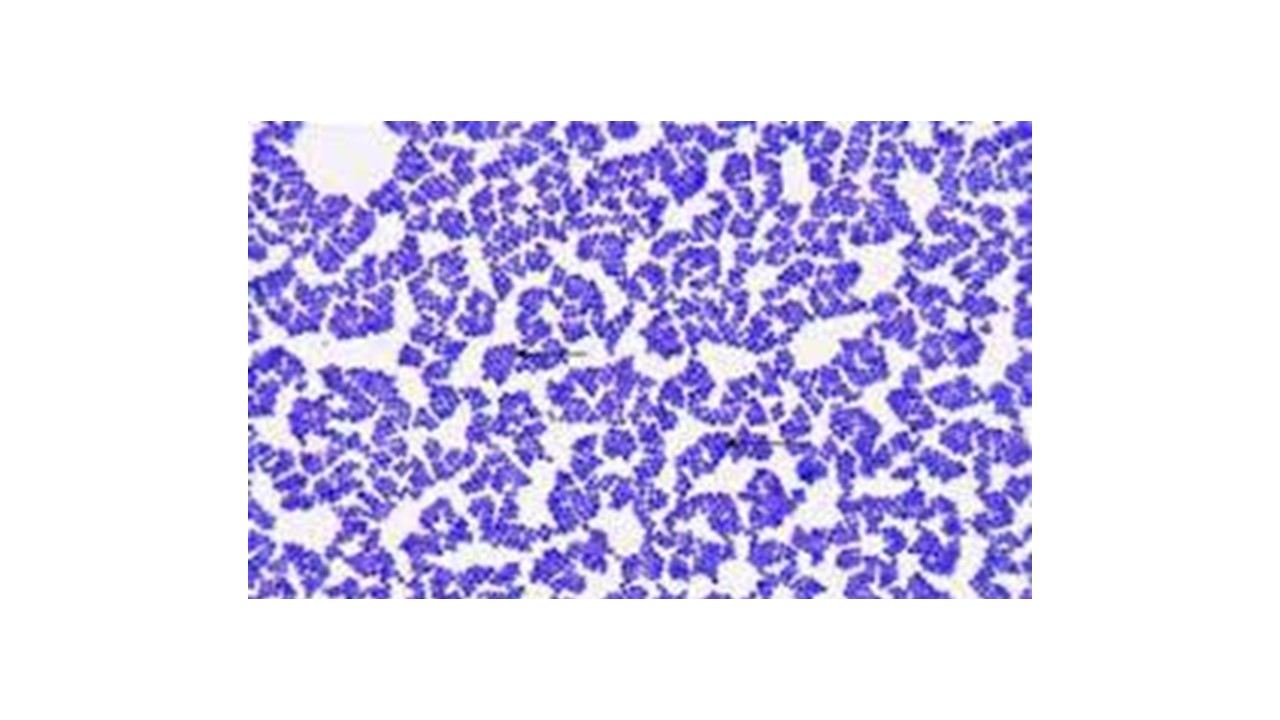
Looking at the micrograph, is Pseudomonas aeruginosa Gram positive or Gram negative?
gram negative
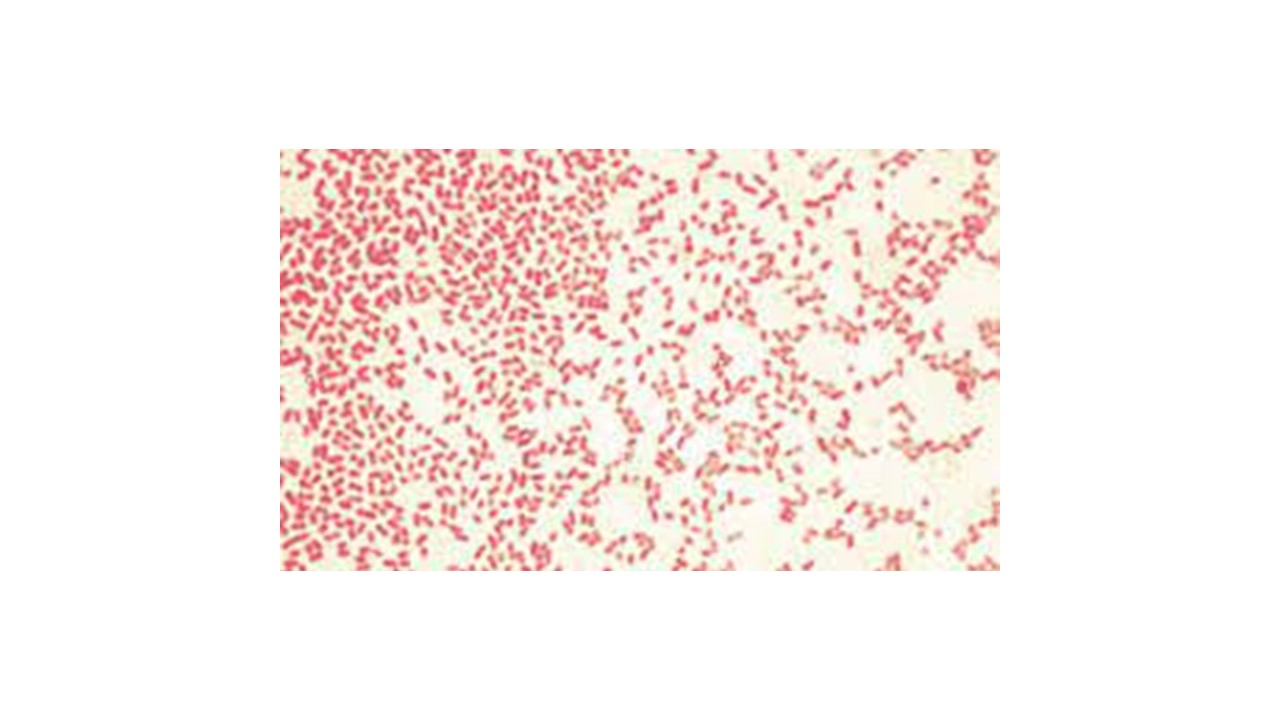
Looking at the micrograph, is Bacillus megaterium Gram positive or Gram negative?
gram positive
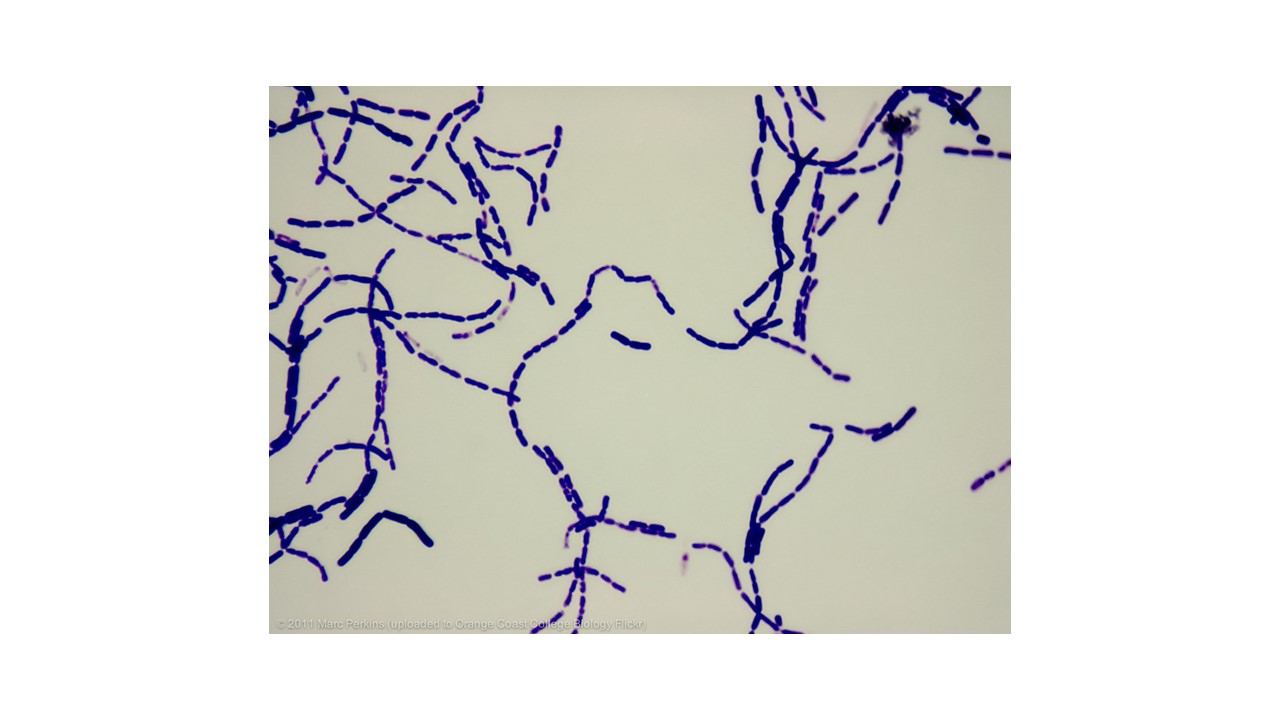
Looking at the micrograph, is Moraxella catarrhalis Gram positive or Gram negative?
gram negative
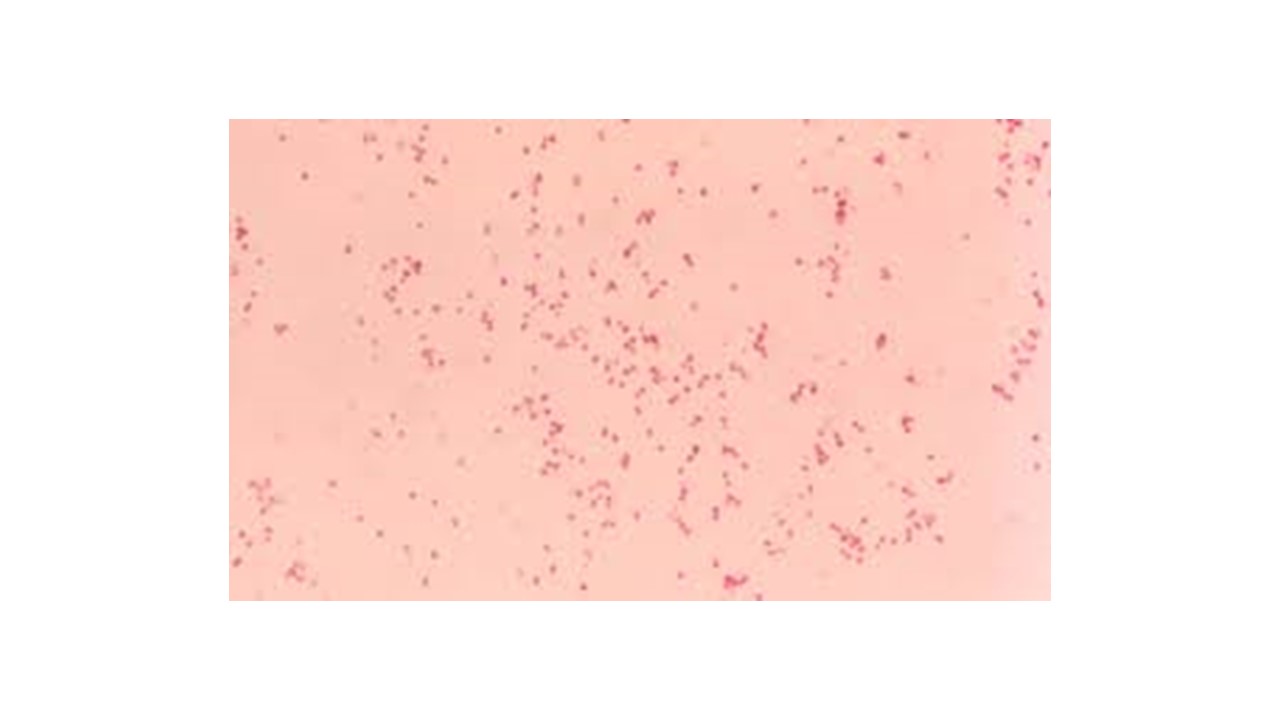
Looking at the micrograph, does the bacteria Clostridium difficile produce spores?
yes
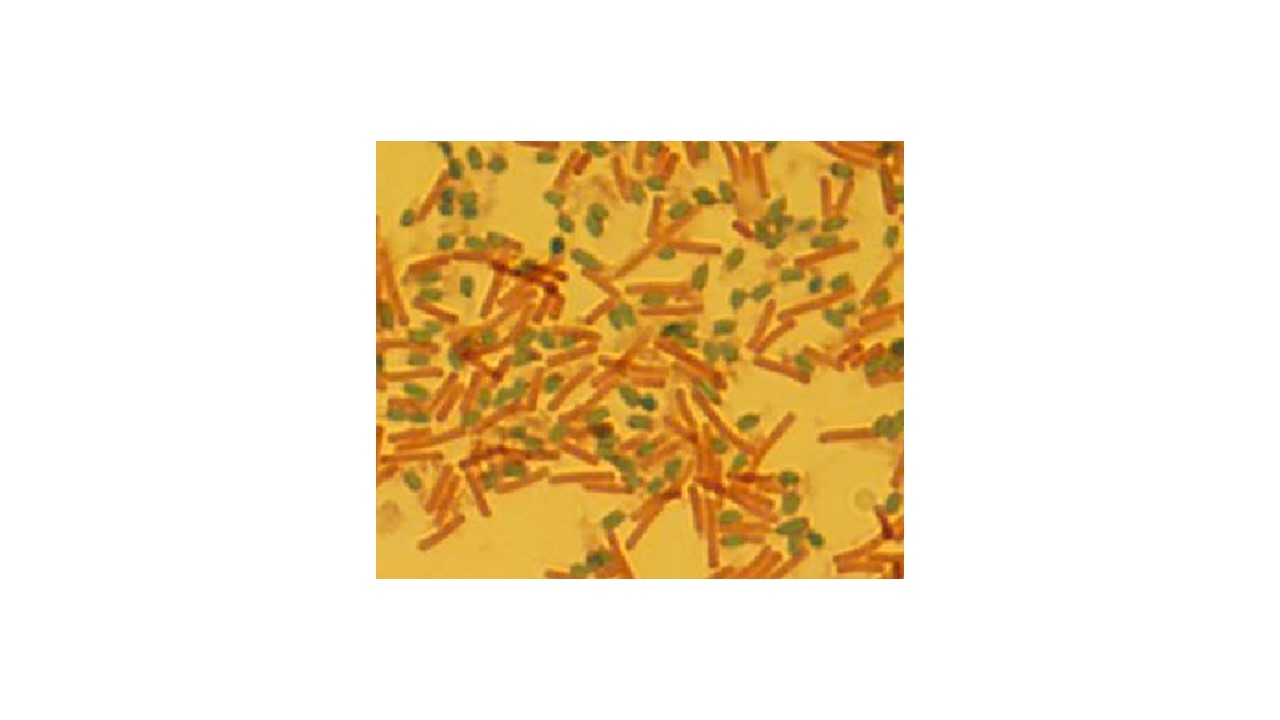
Looking at the micrograph, does the bacteria Bacillus cereus produce spores?
yes
